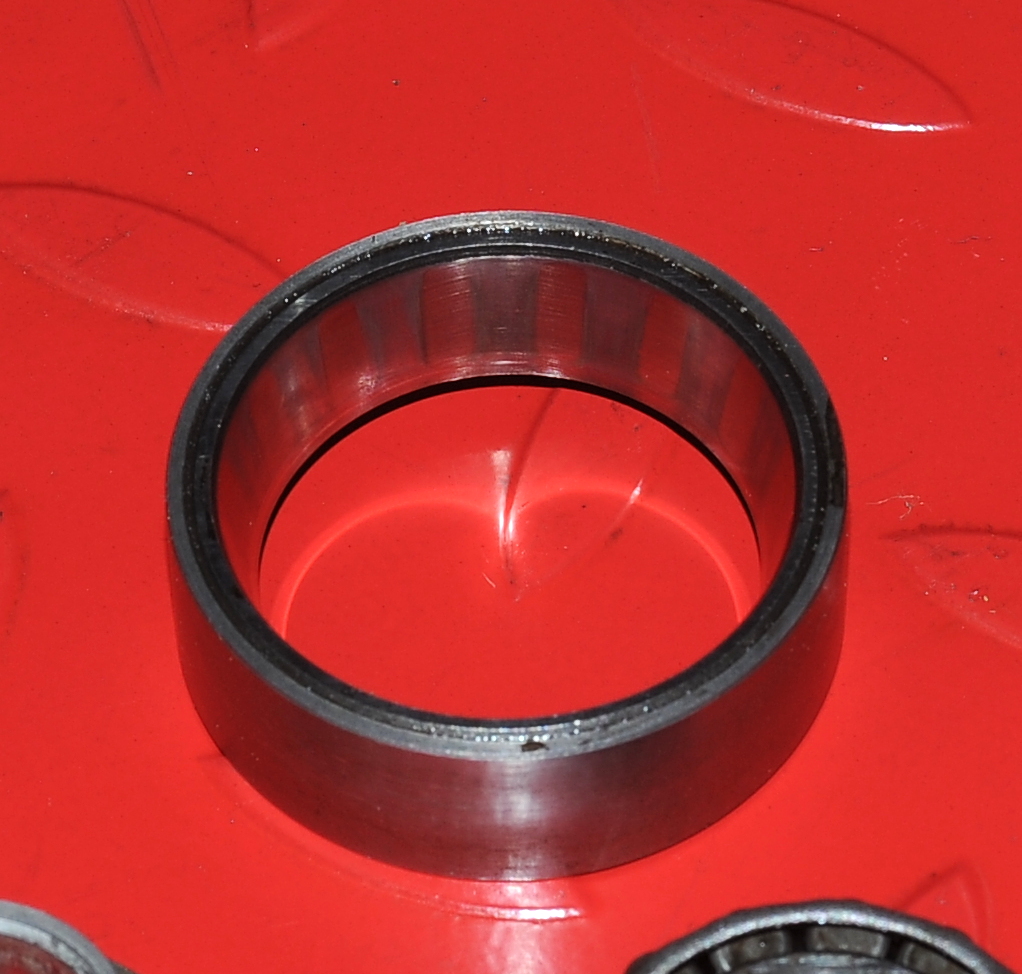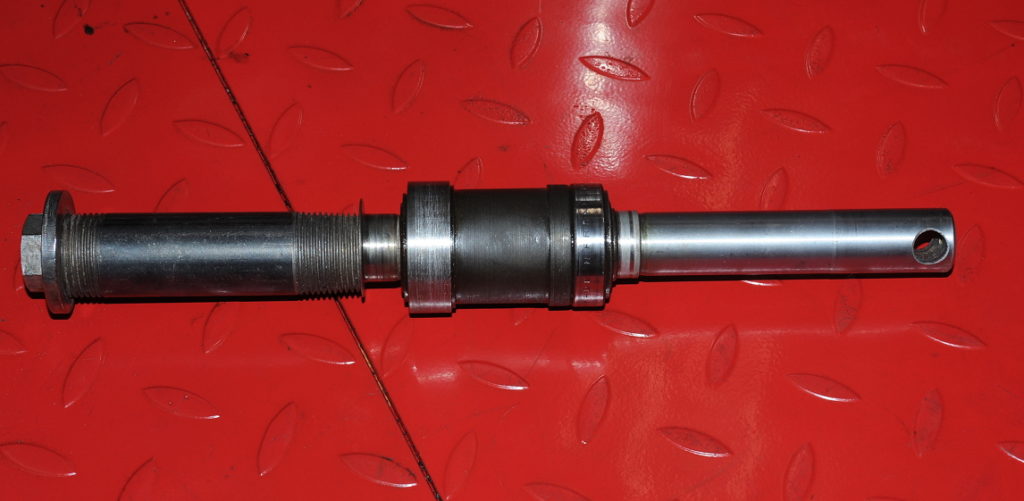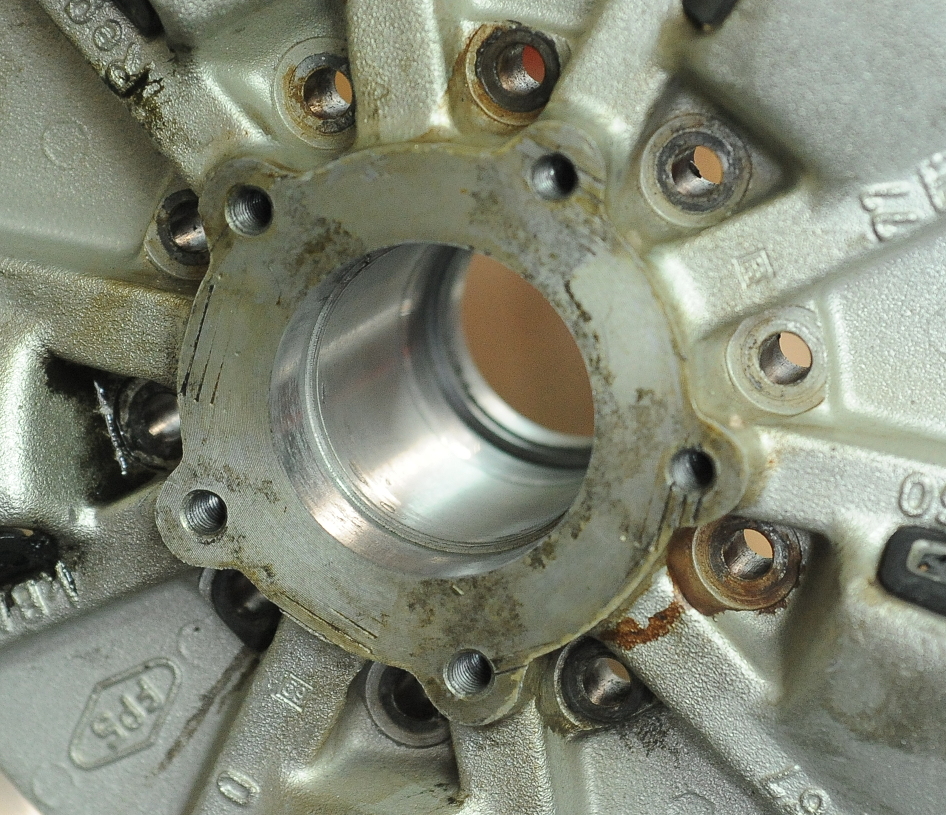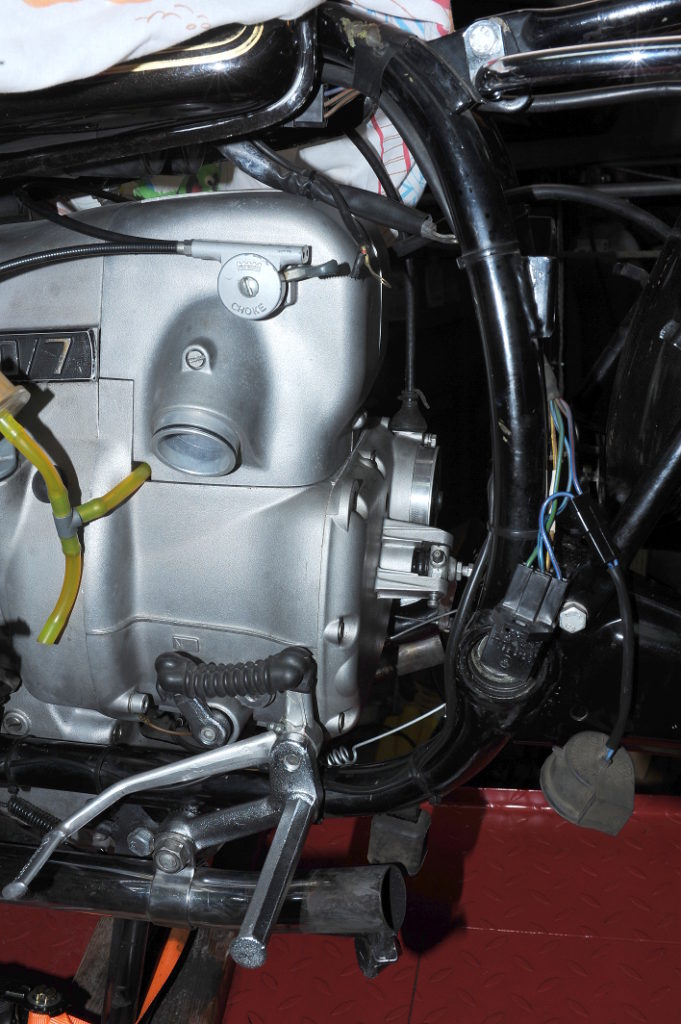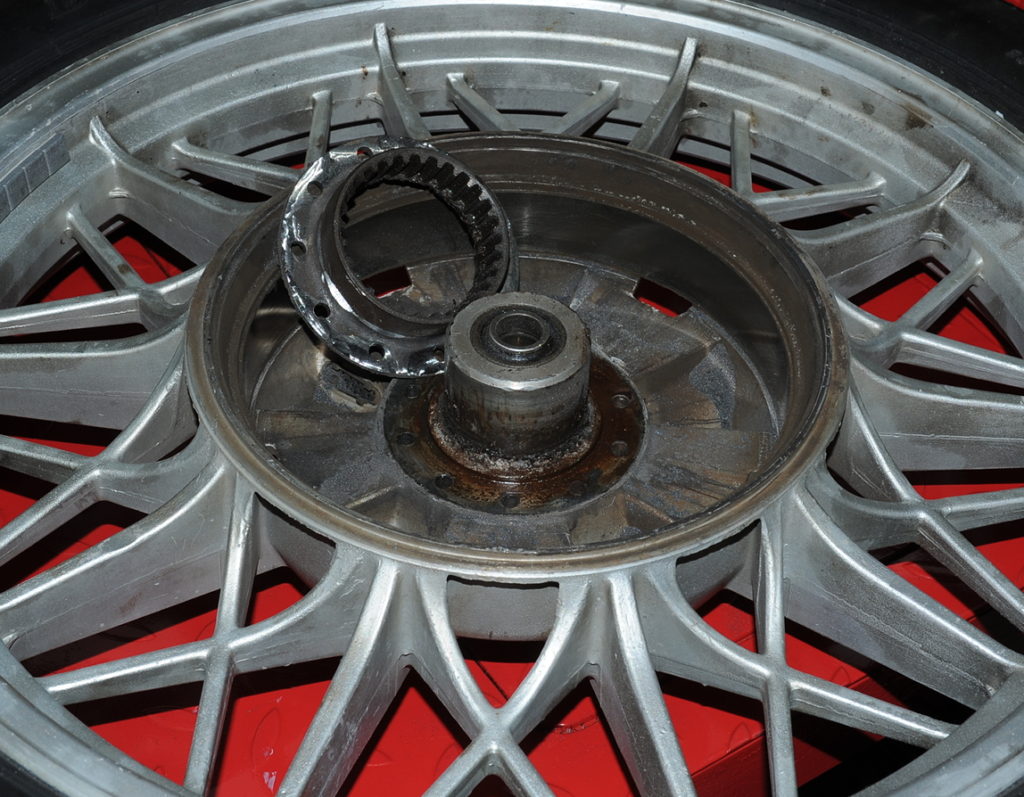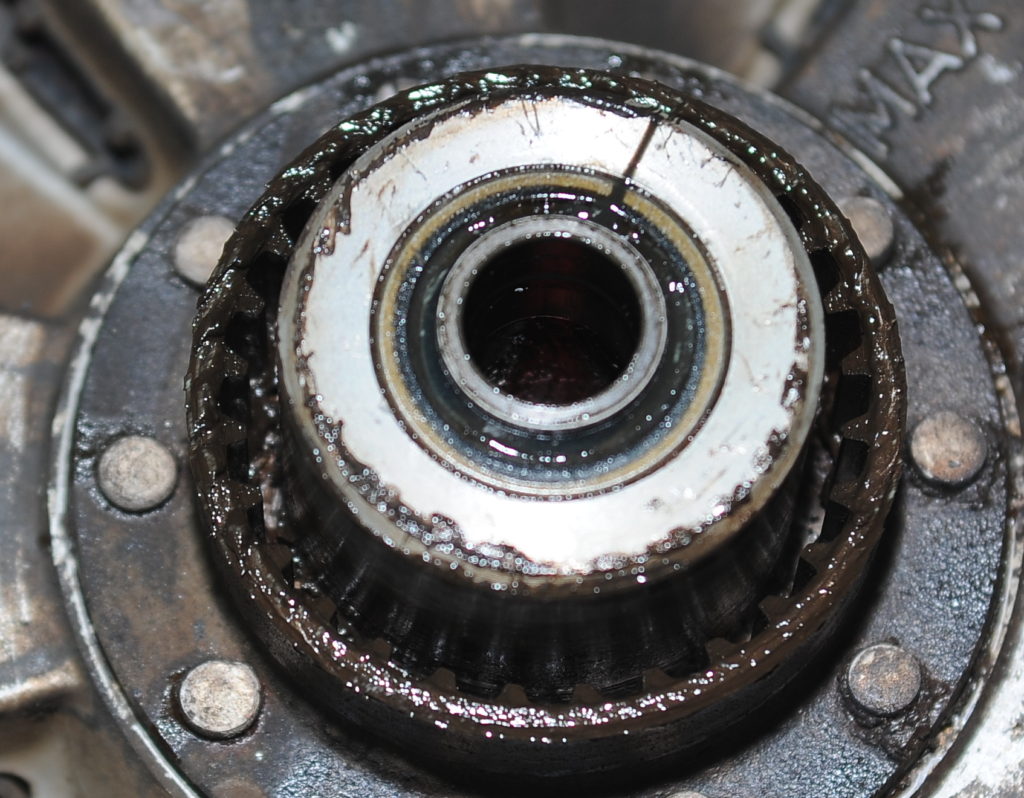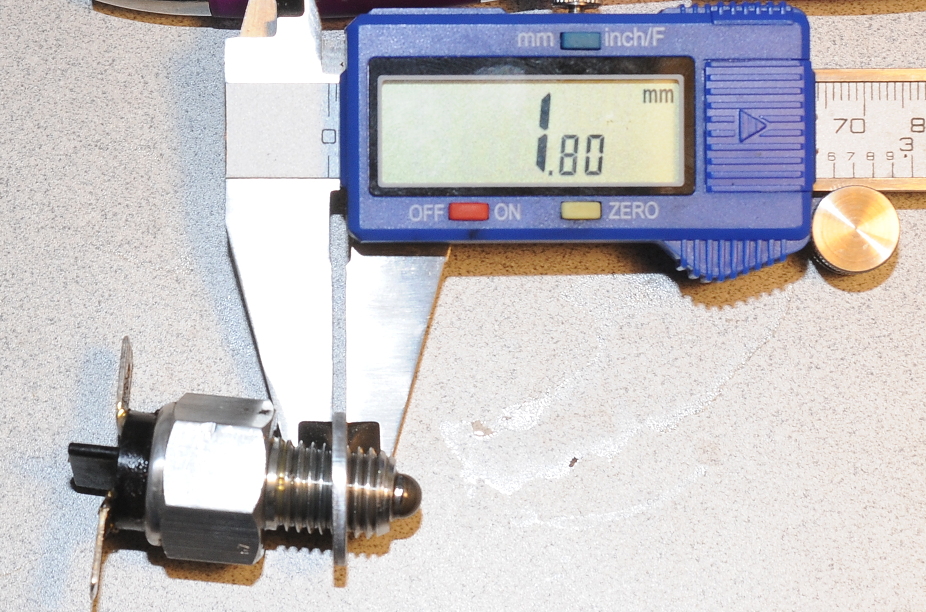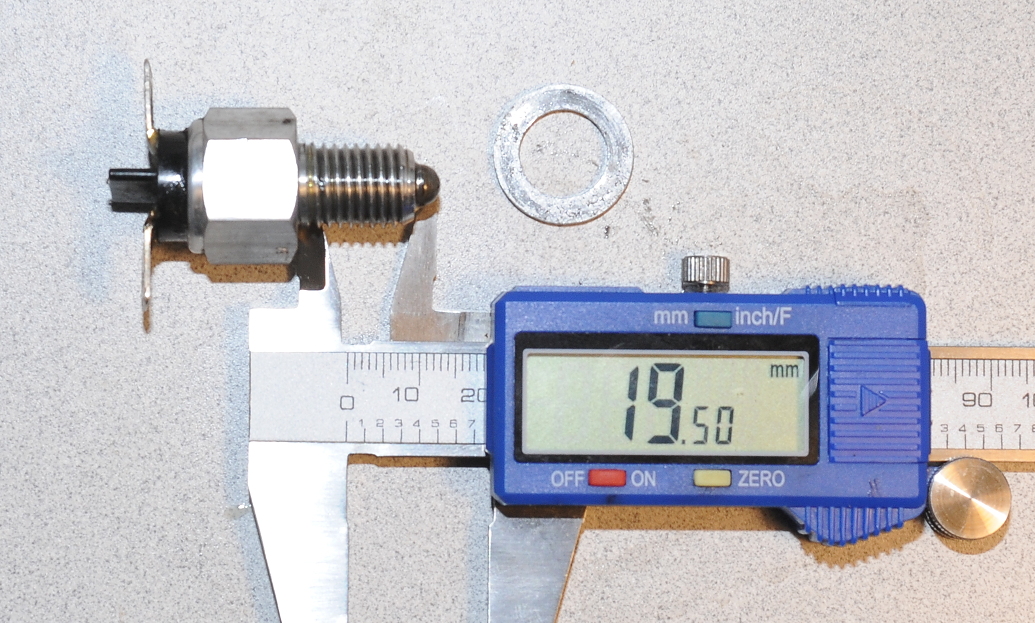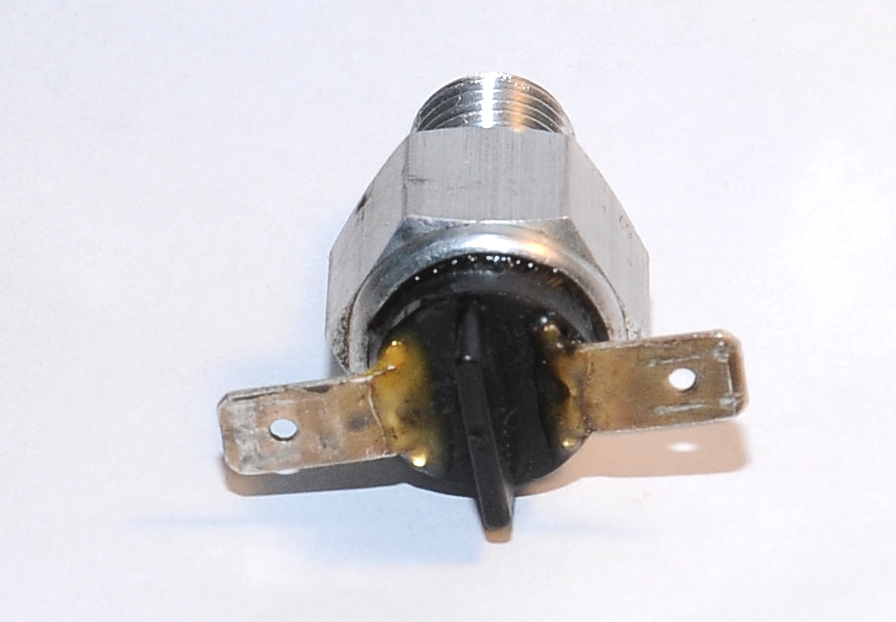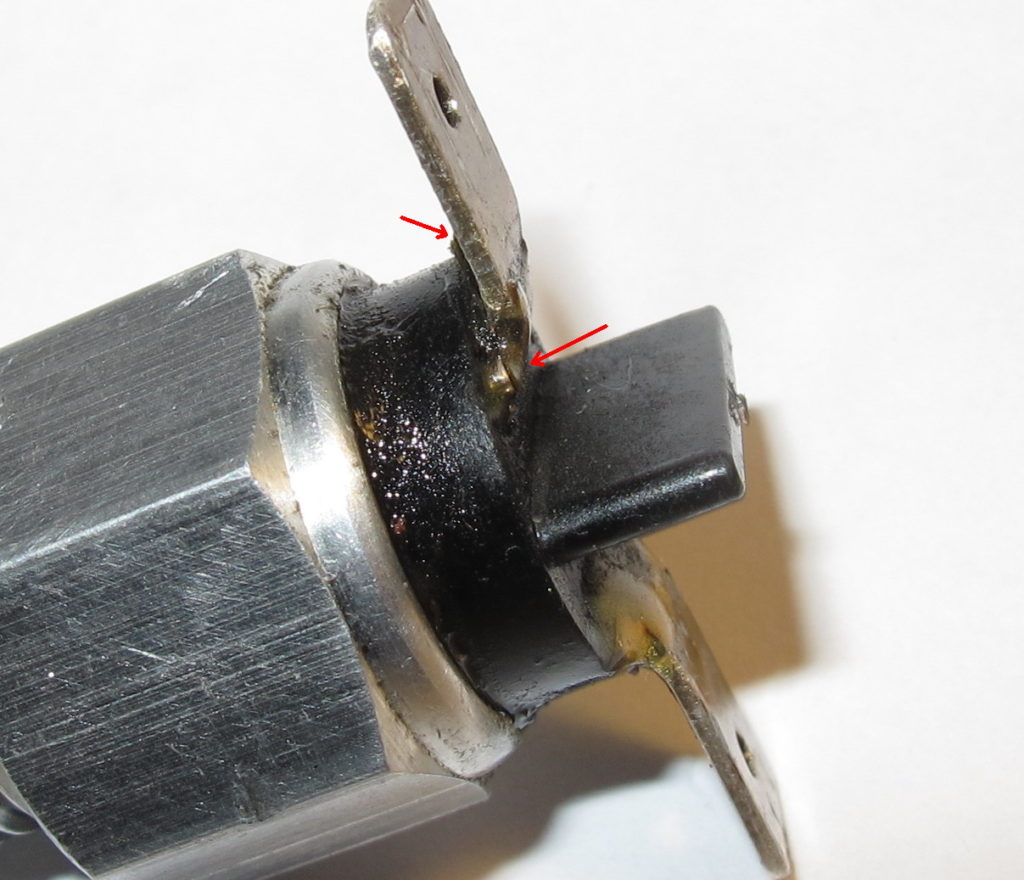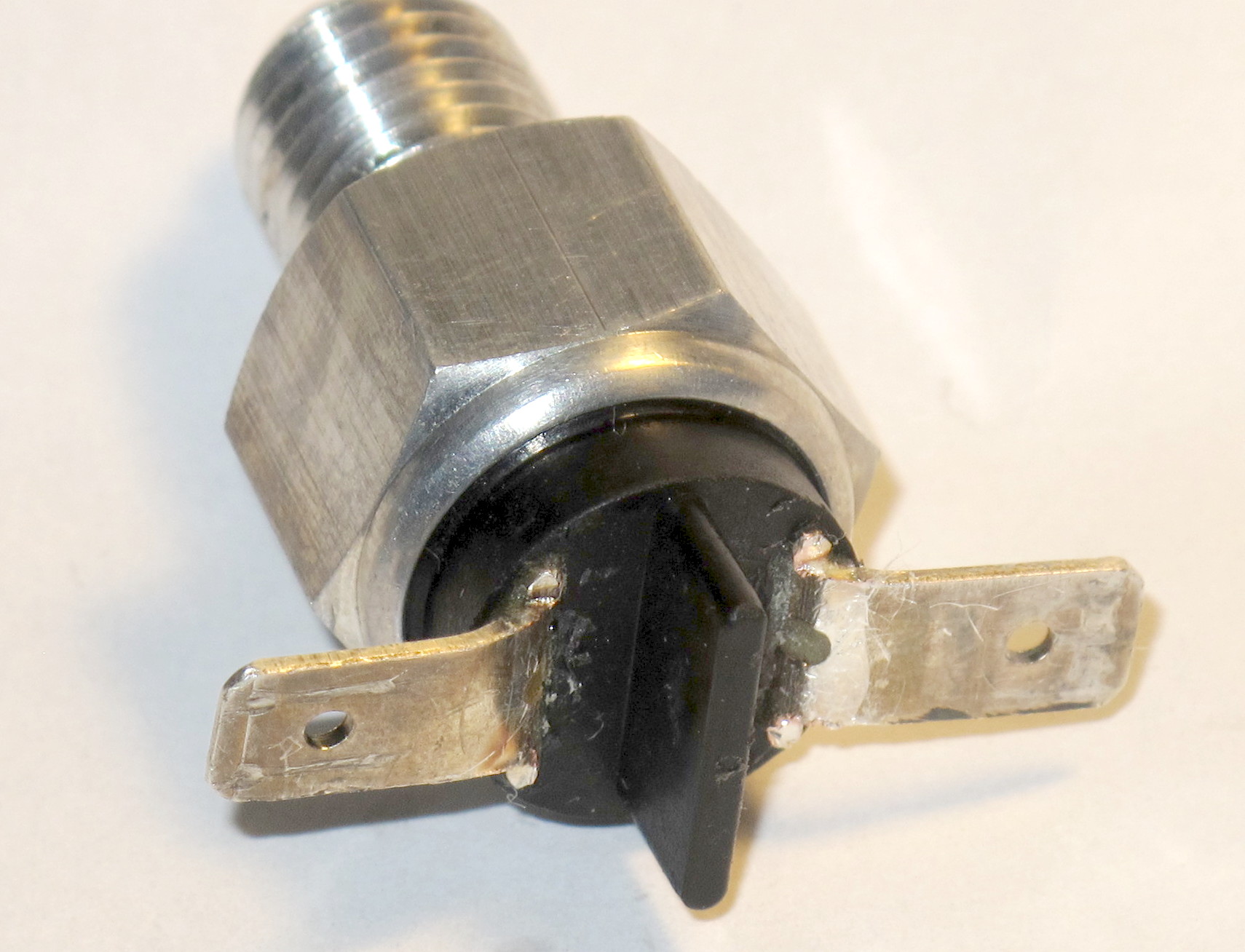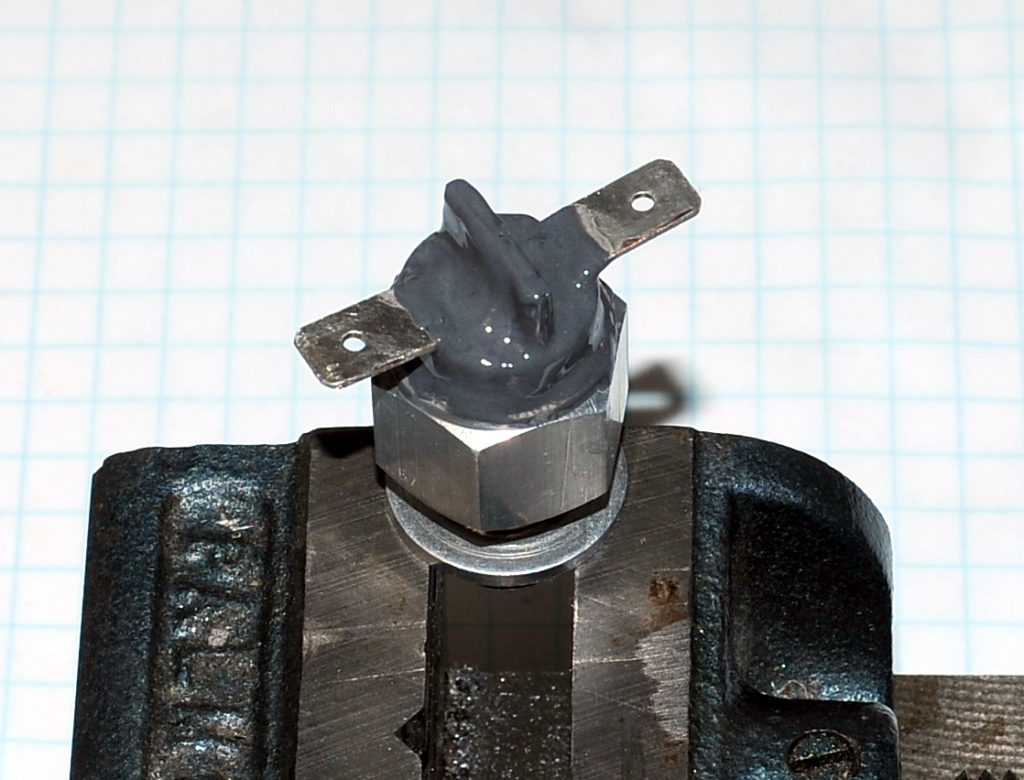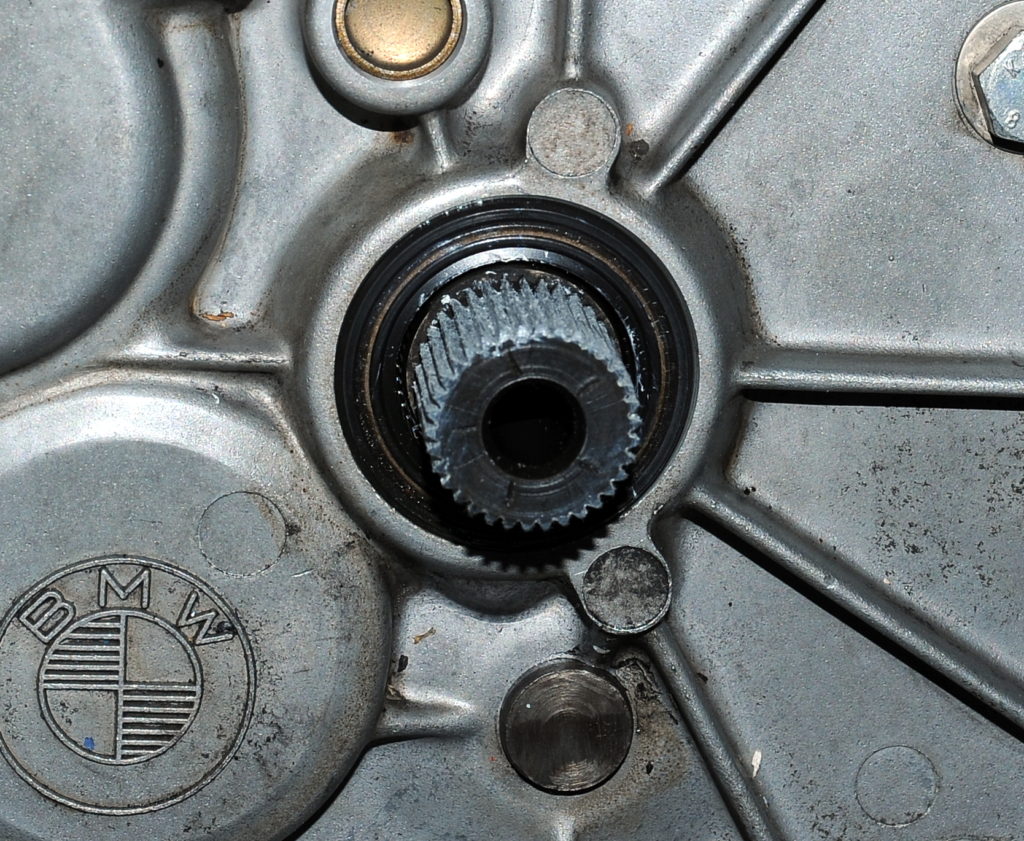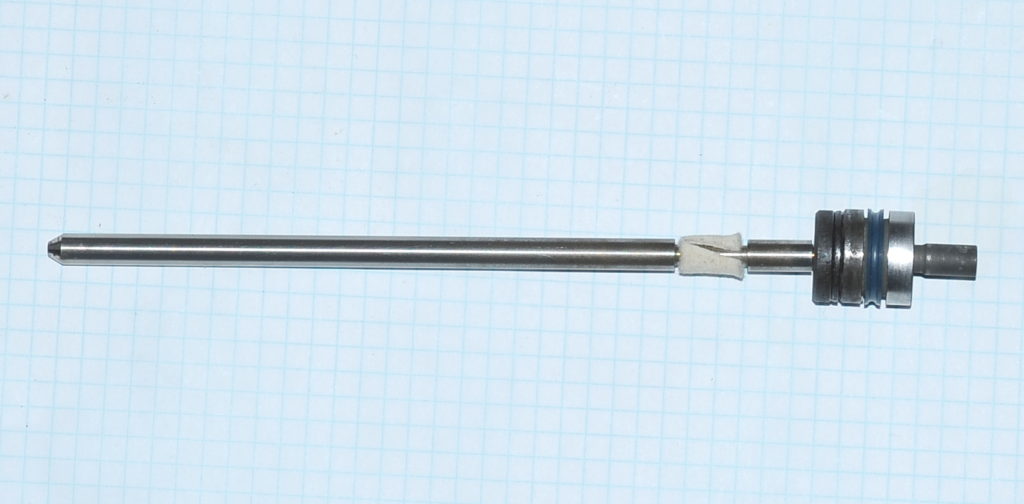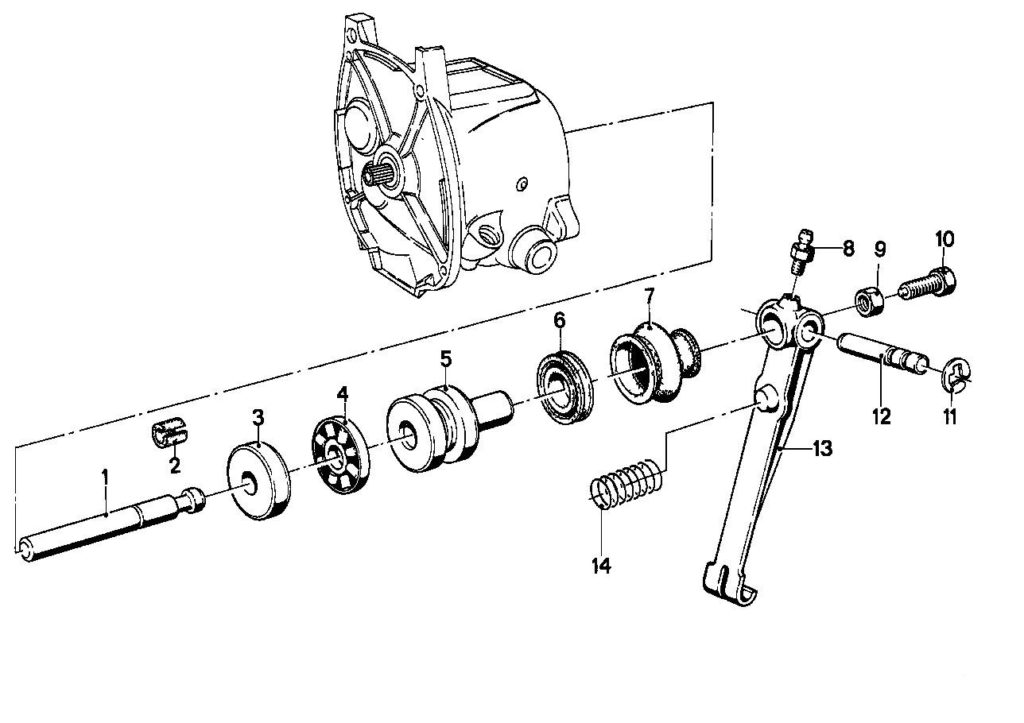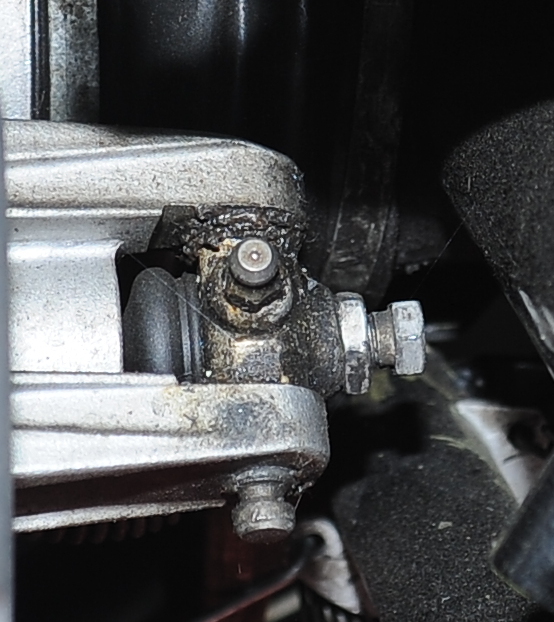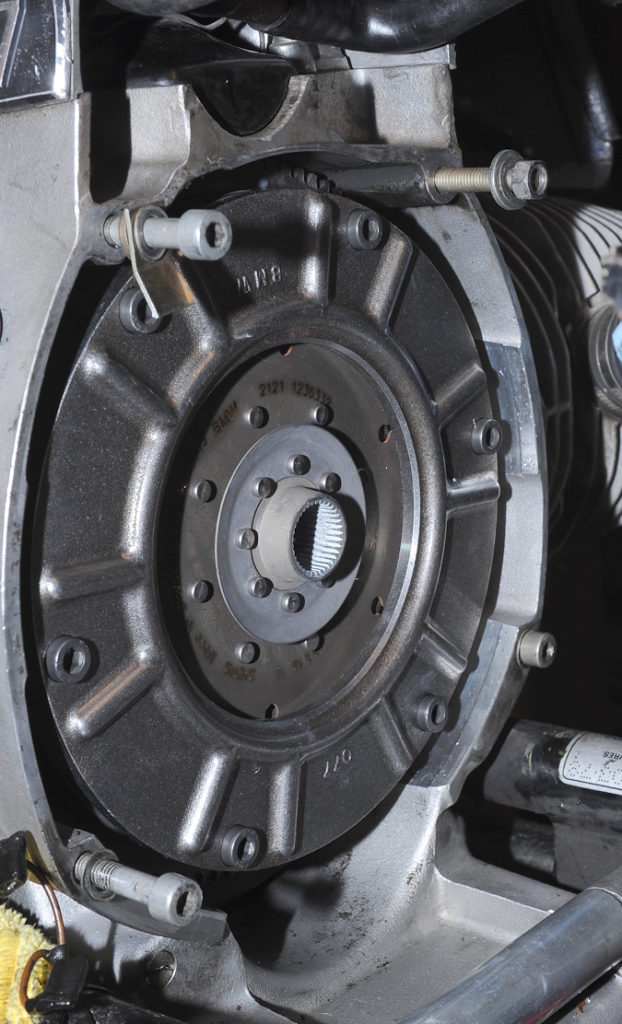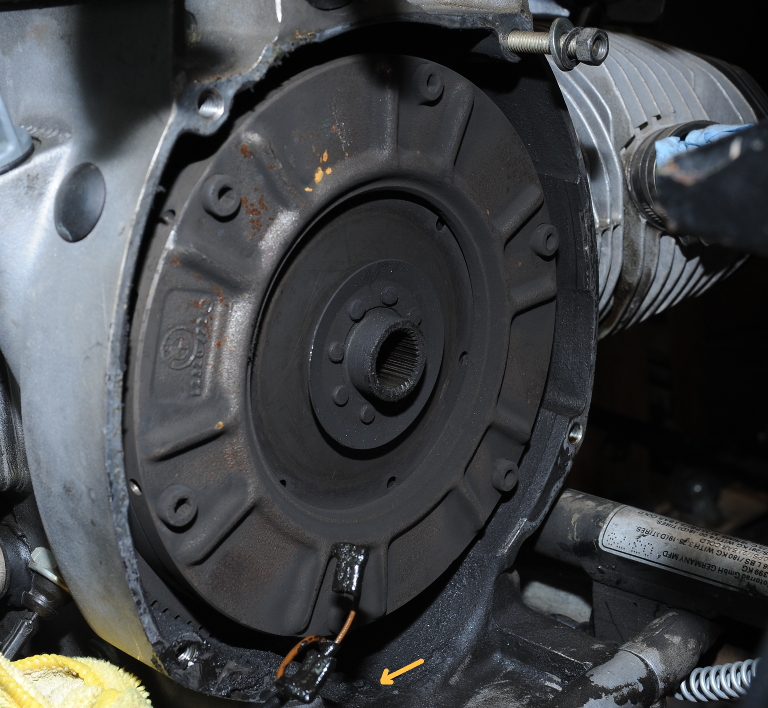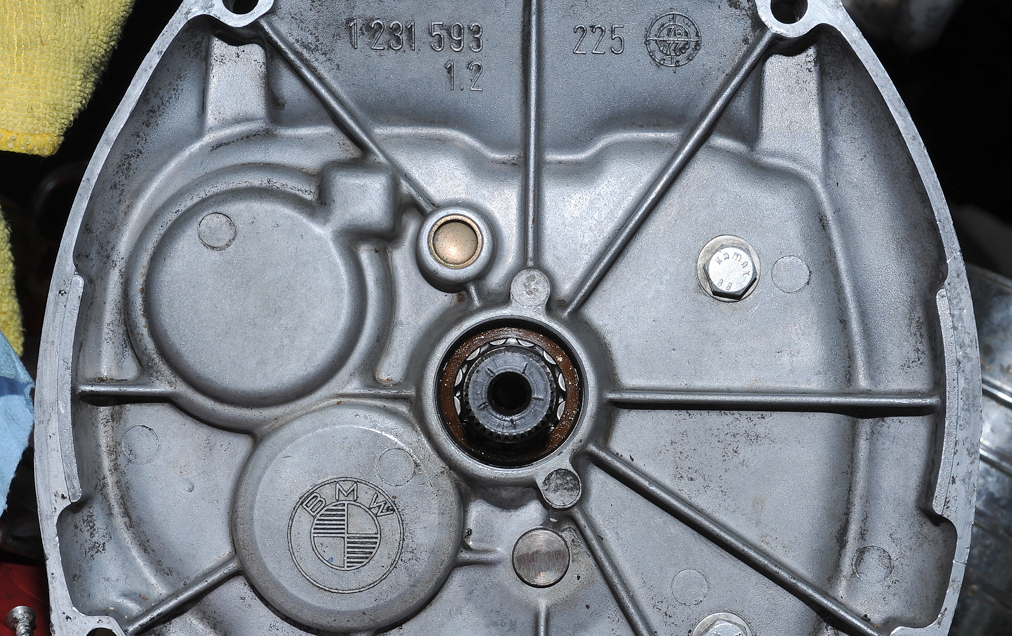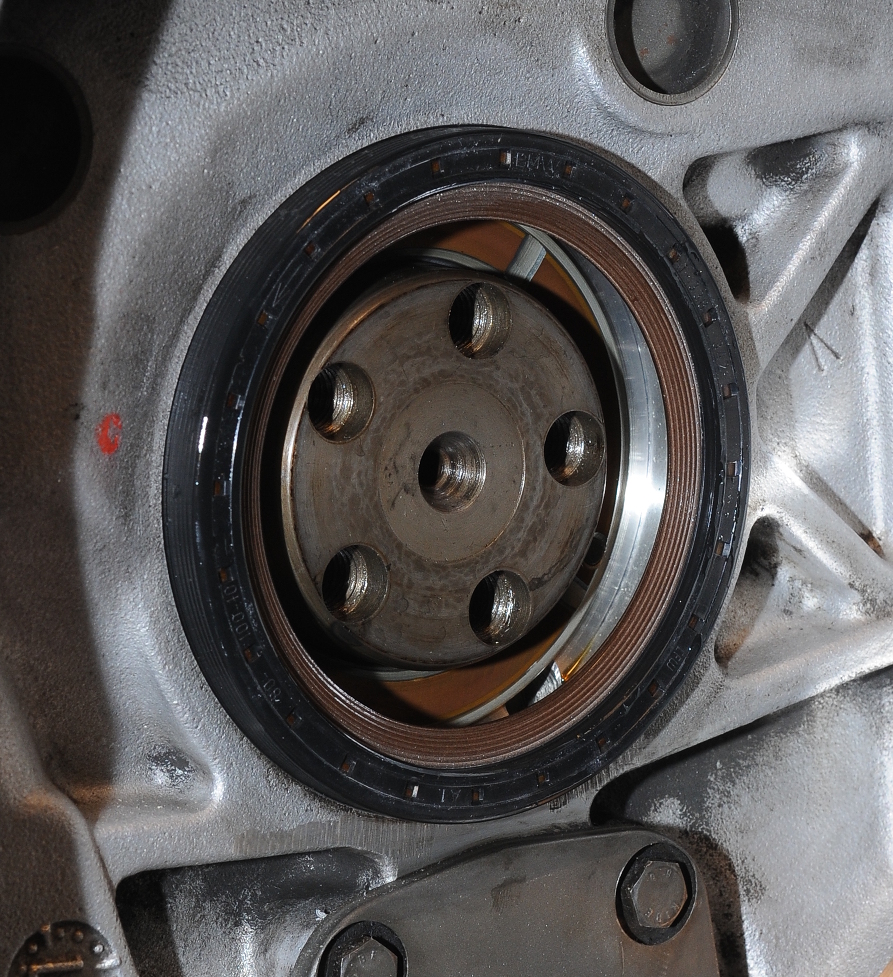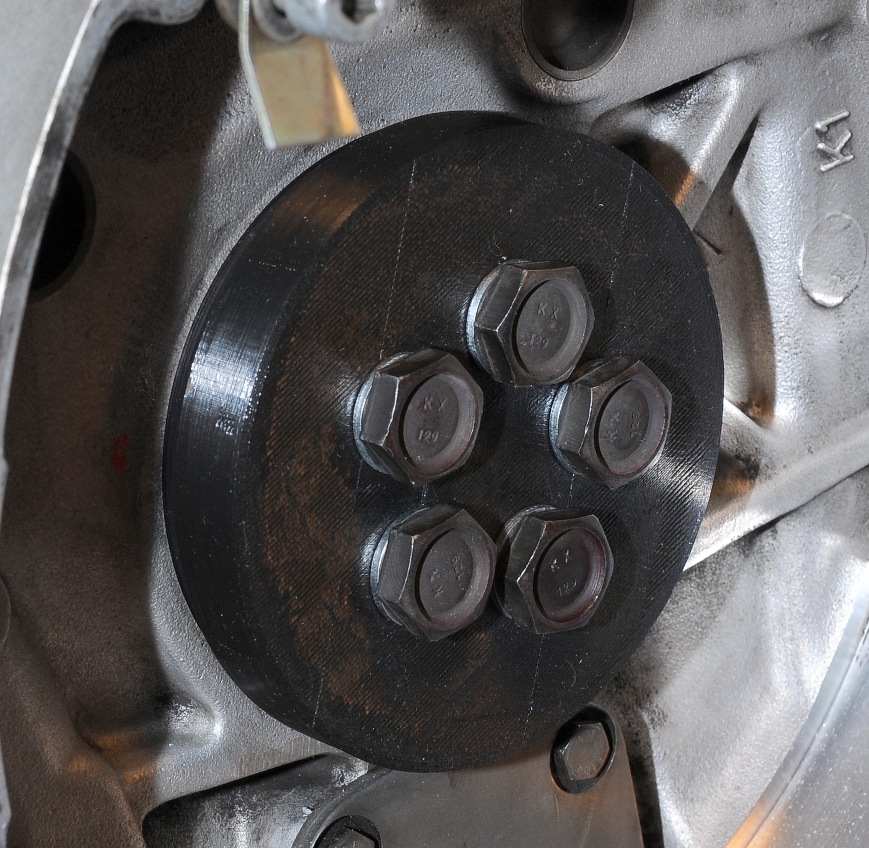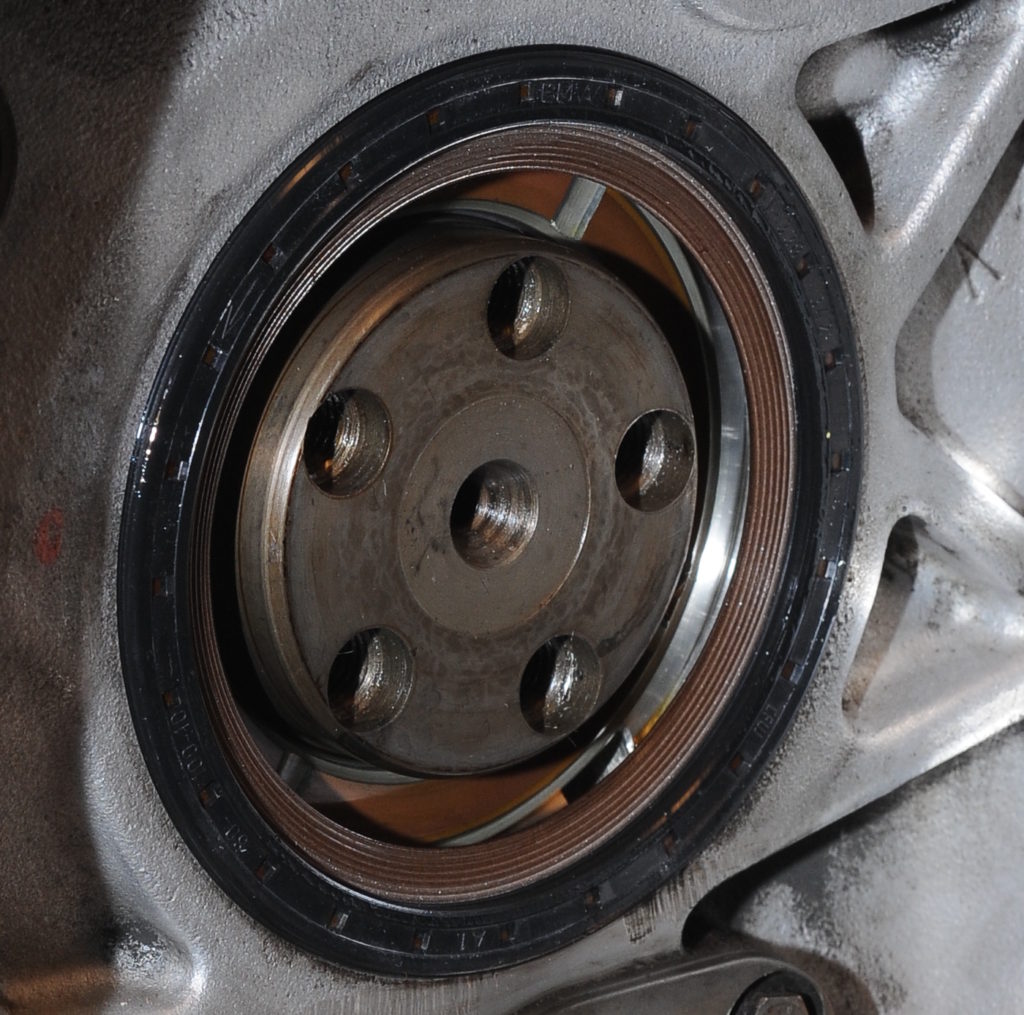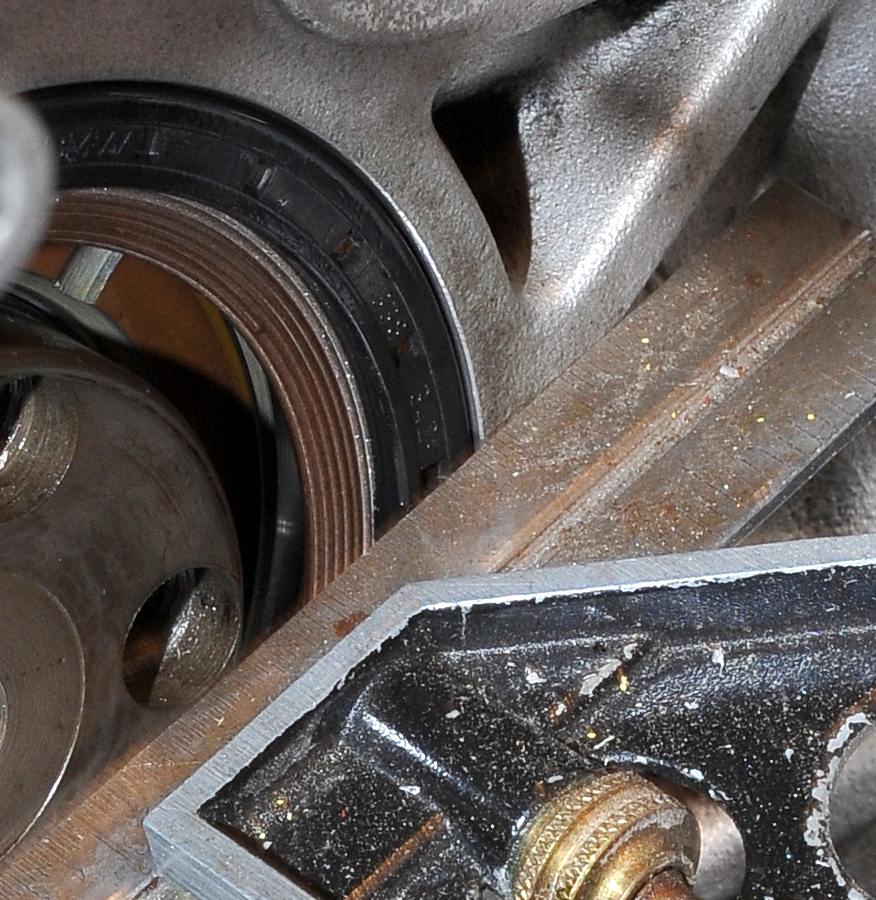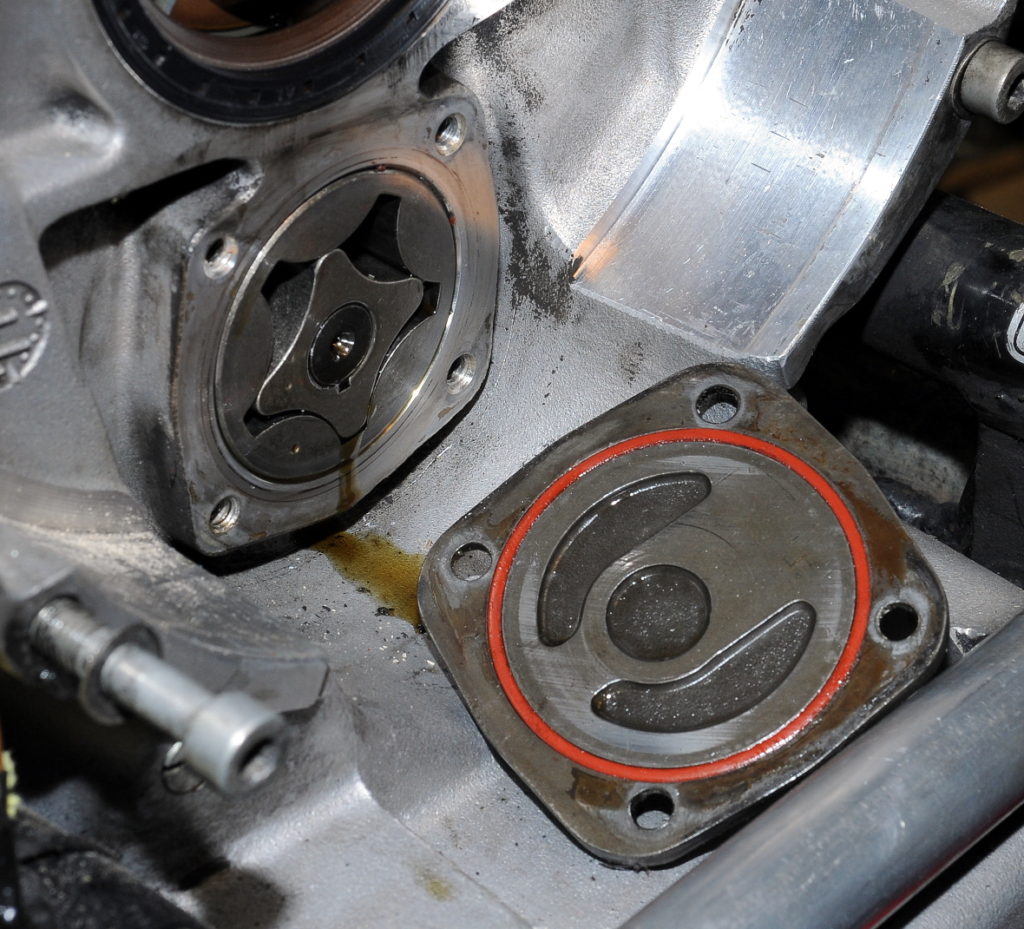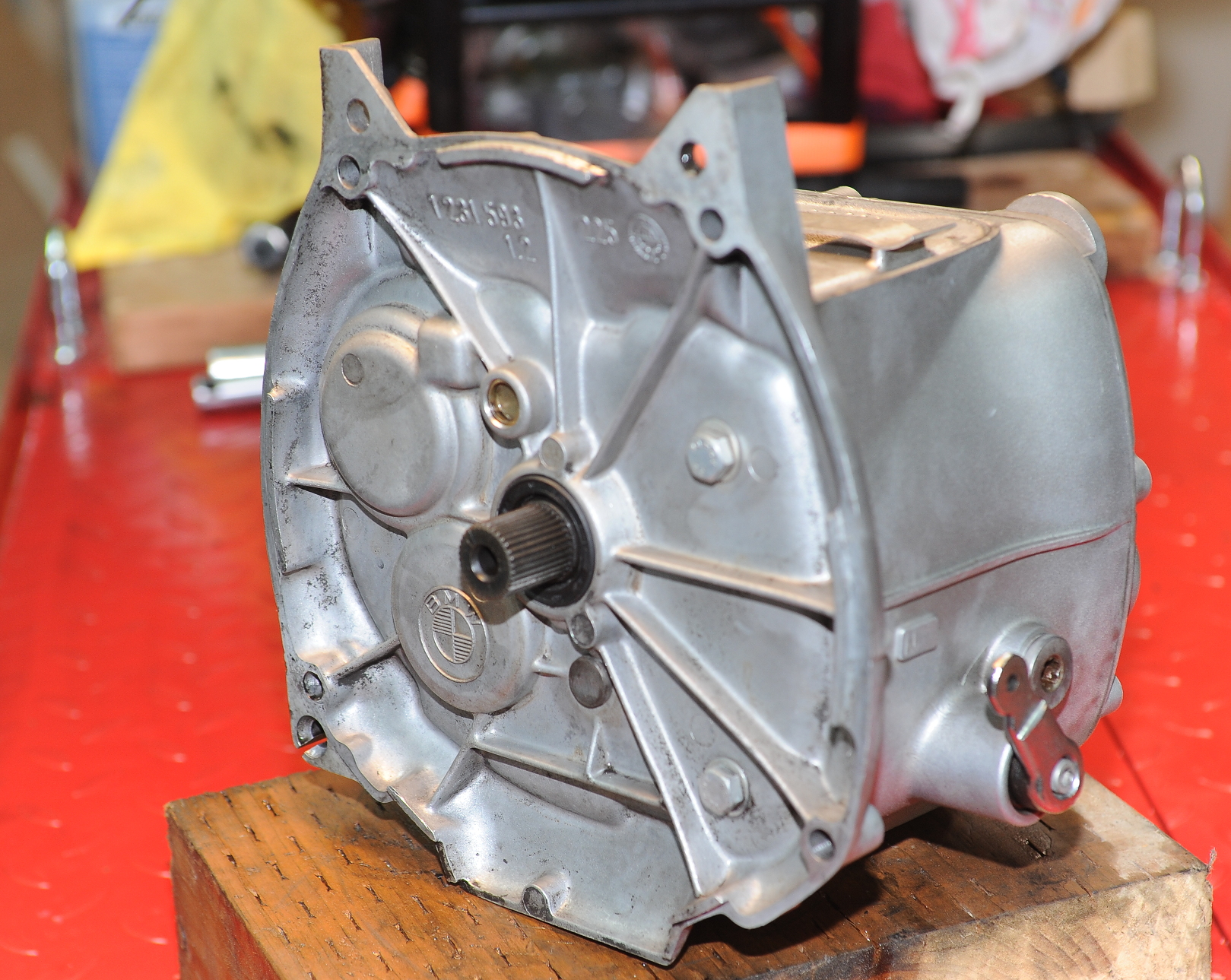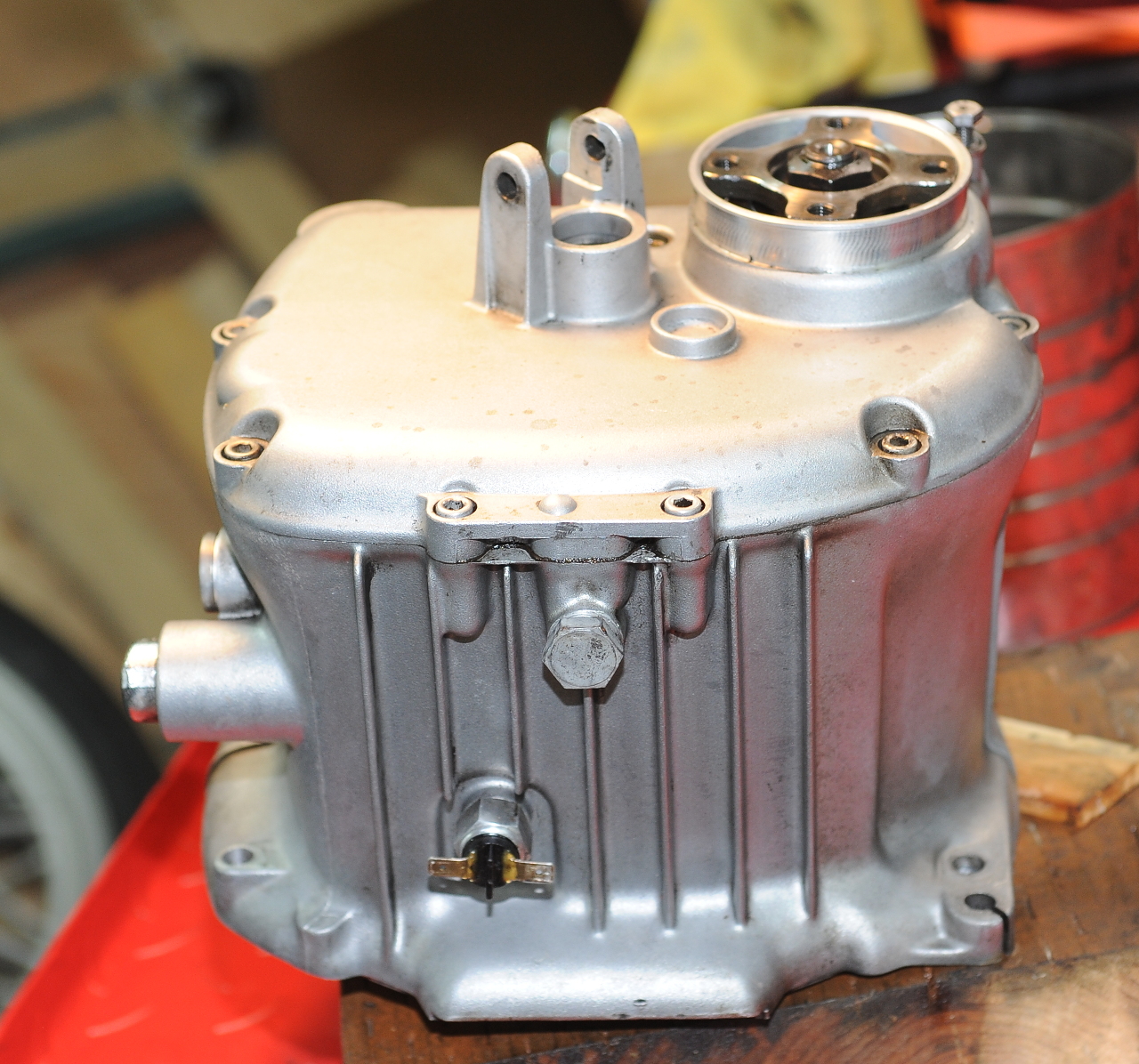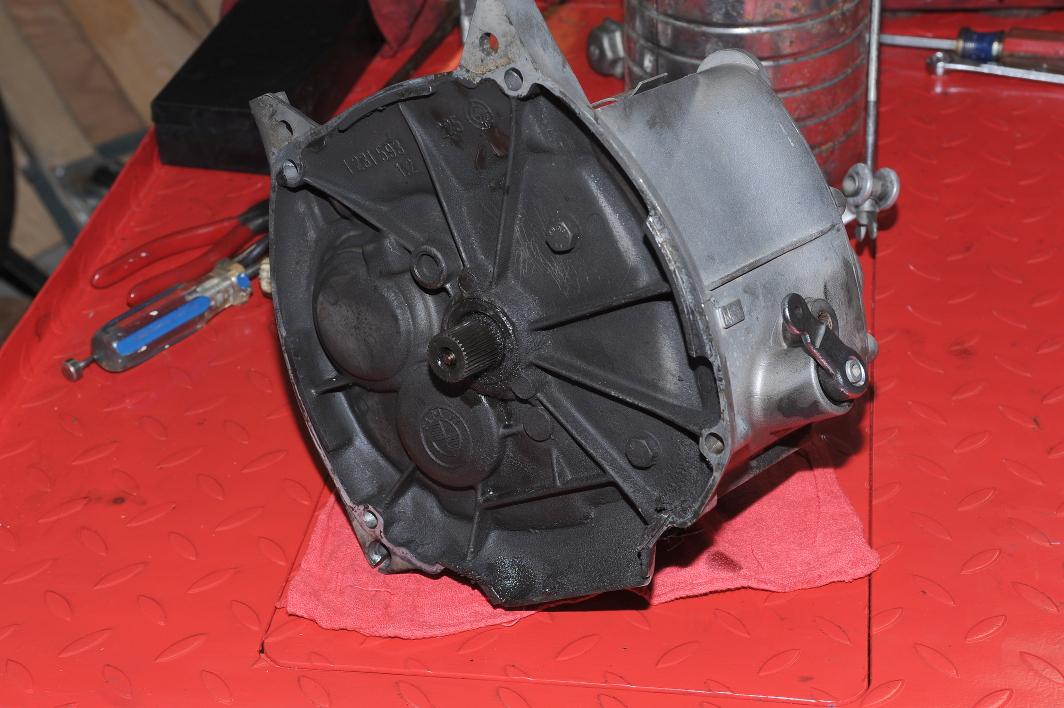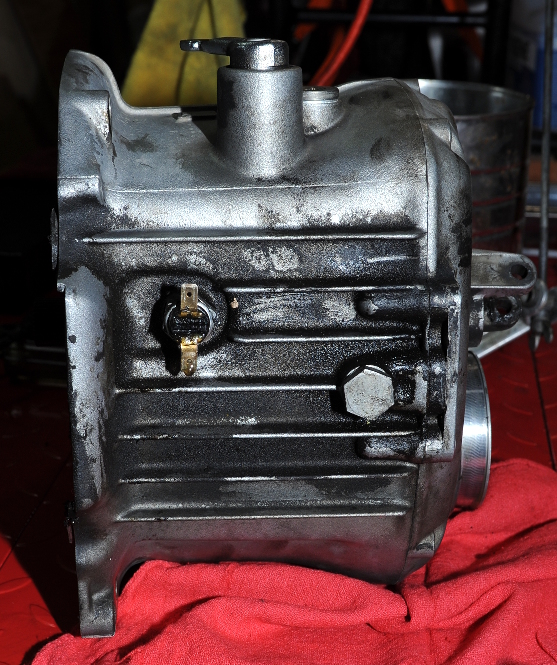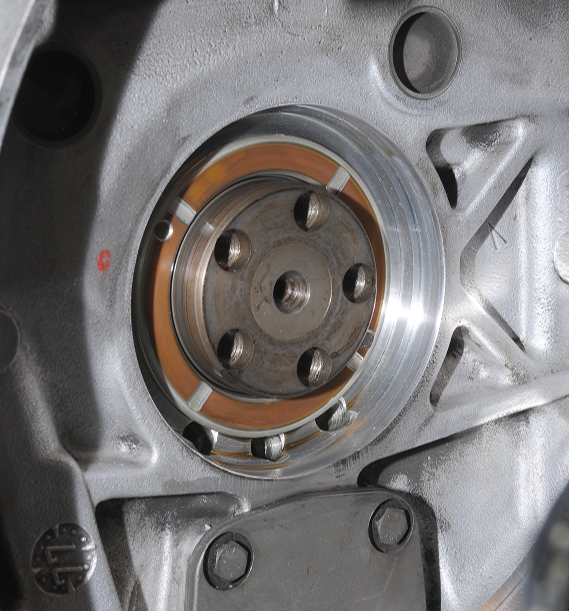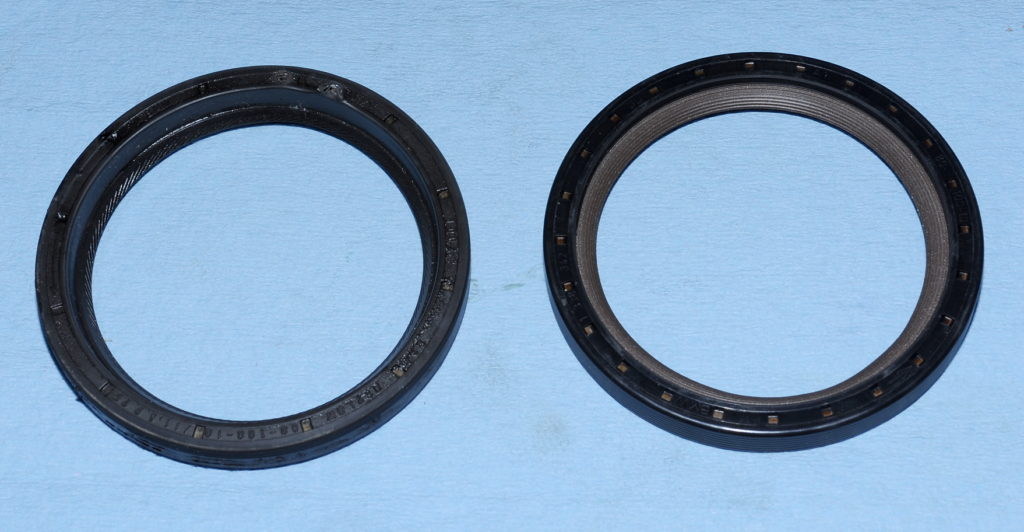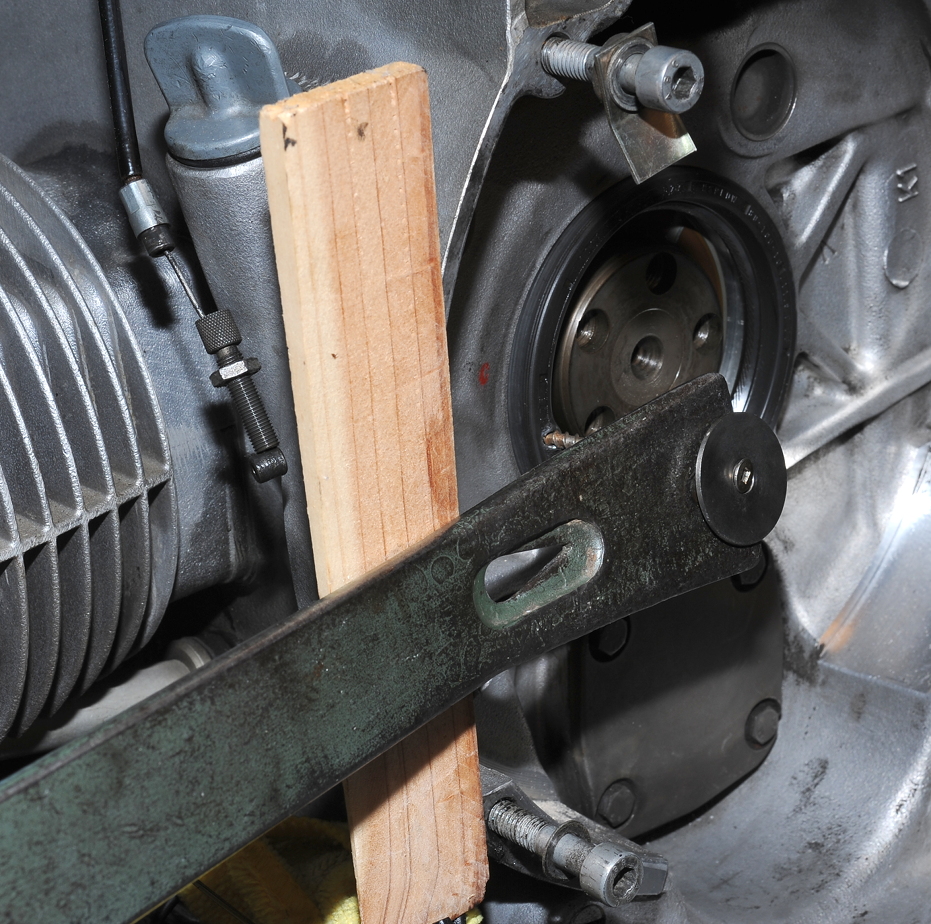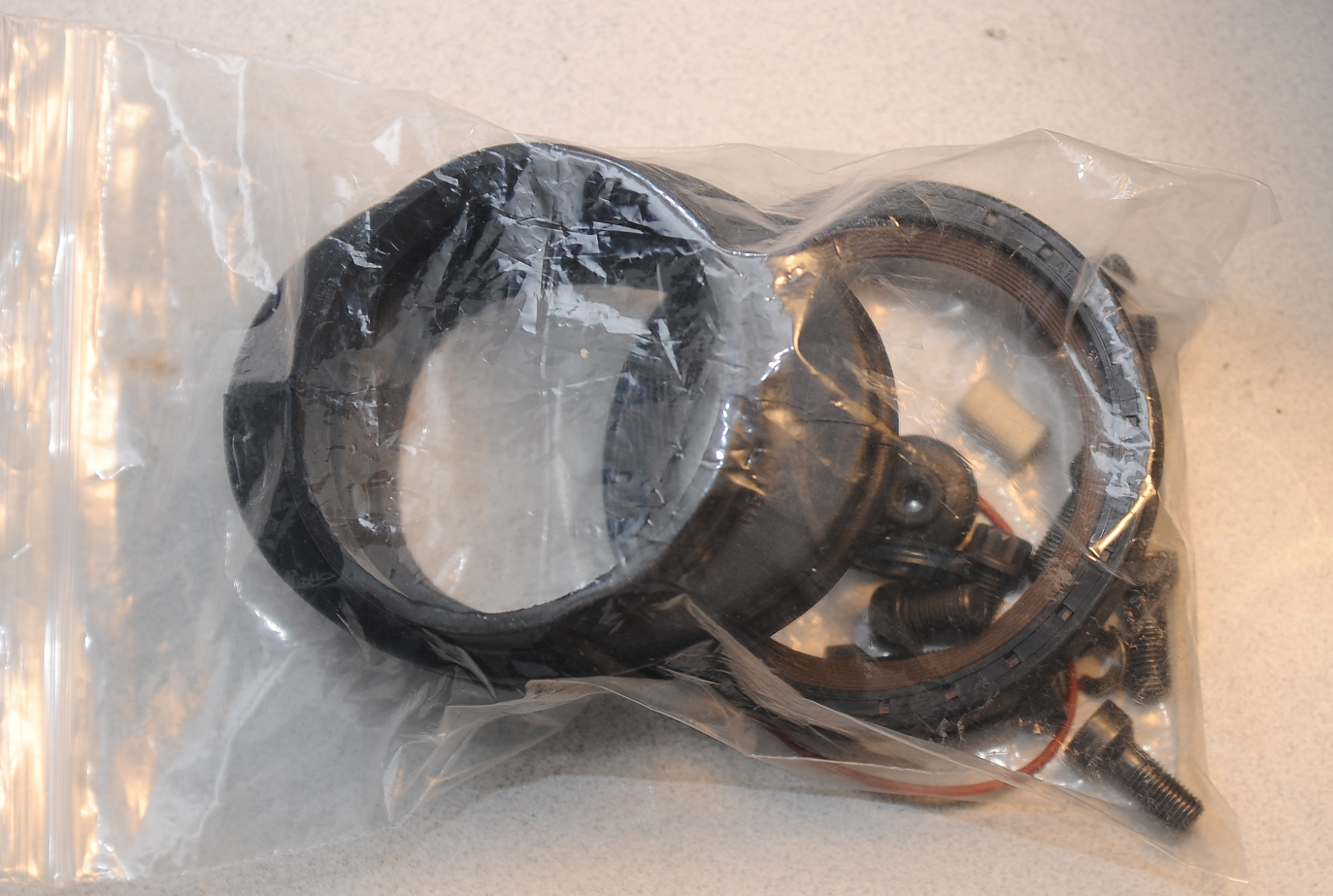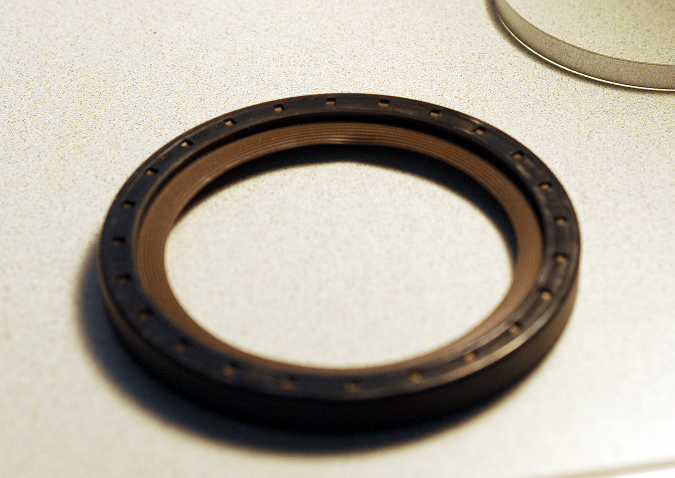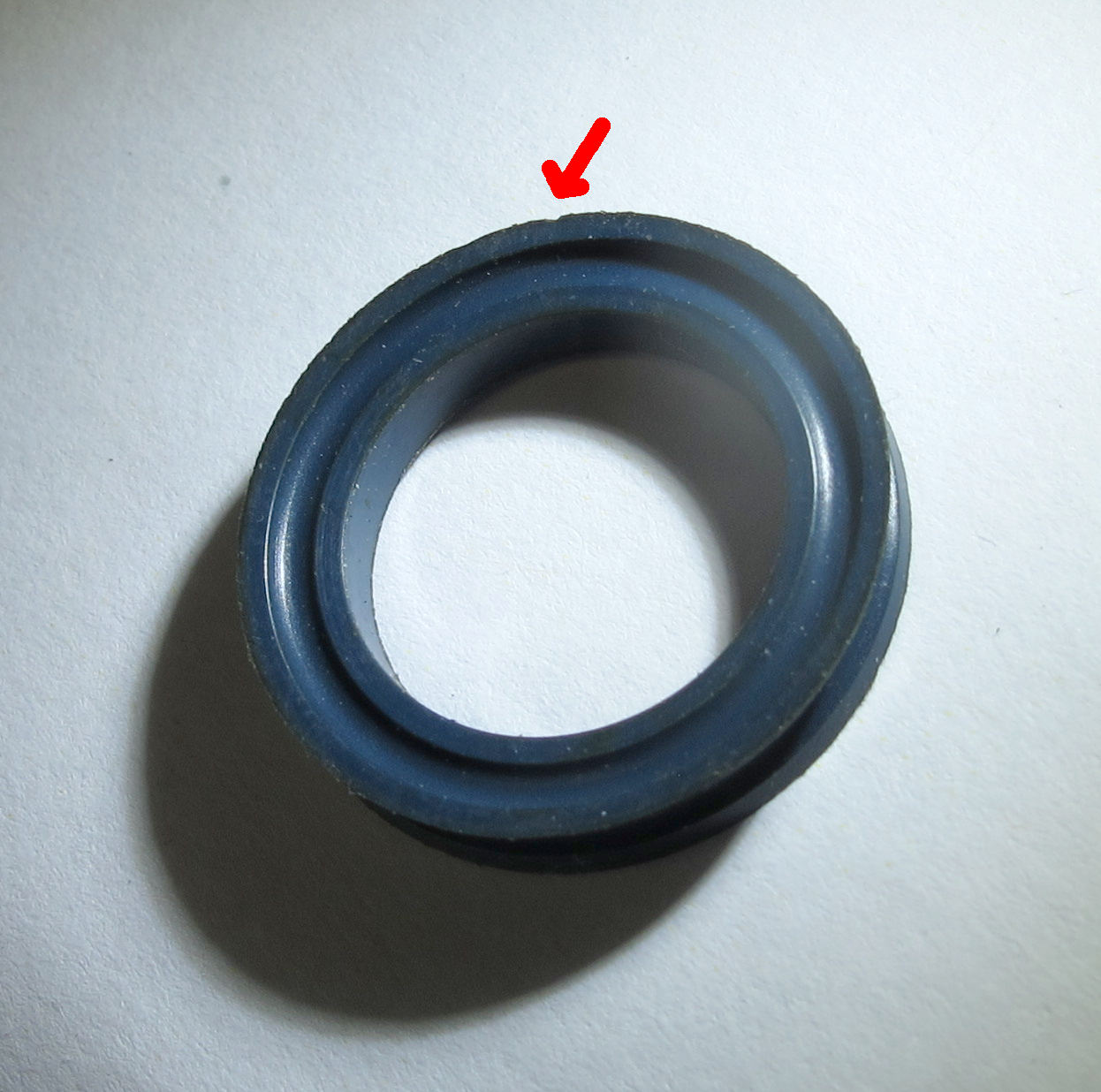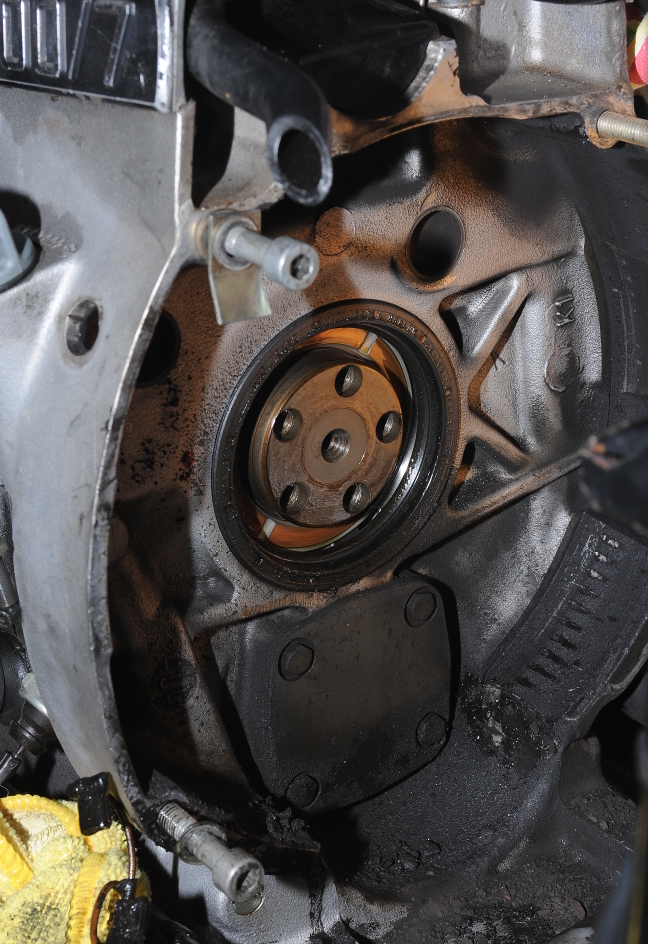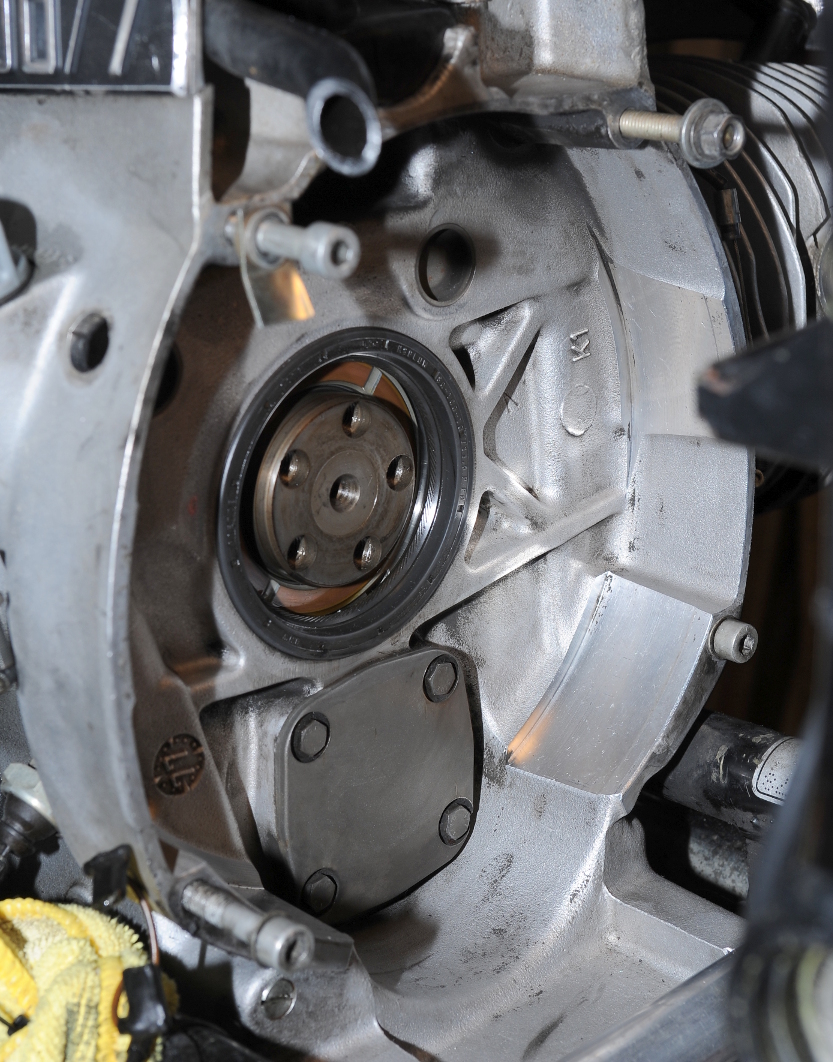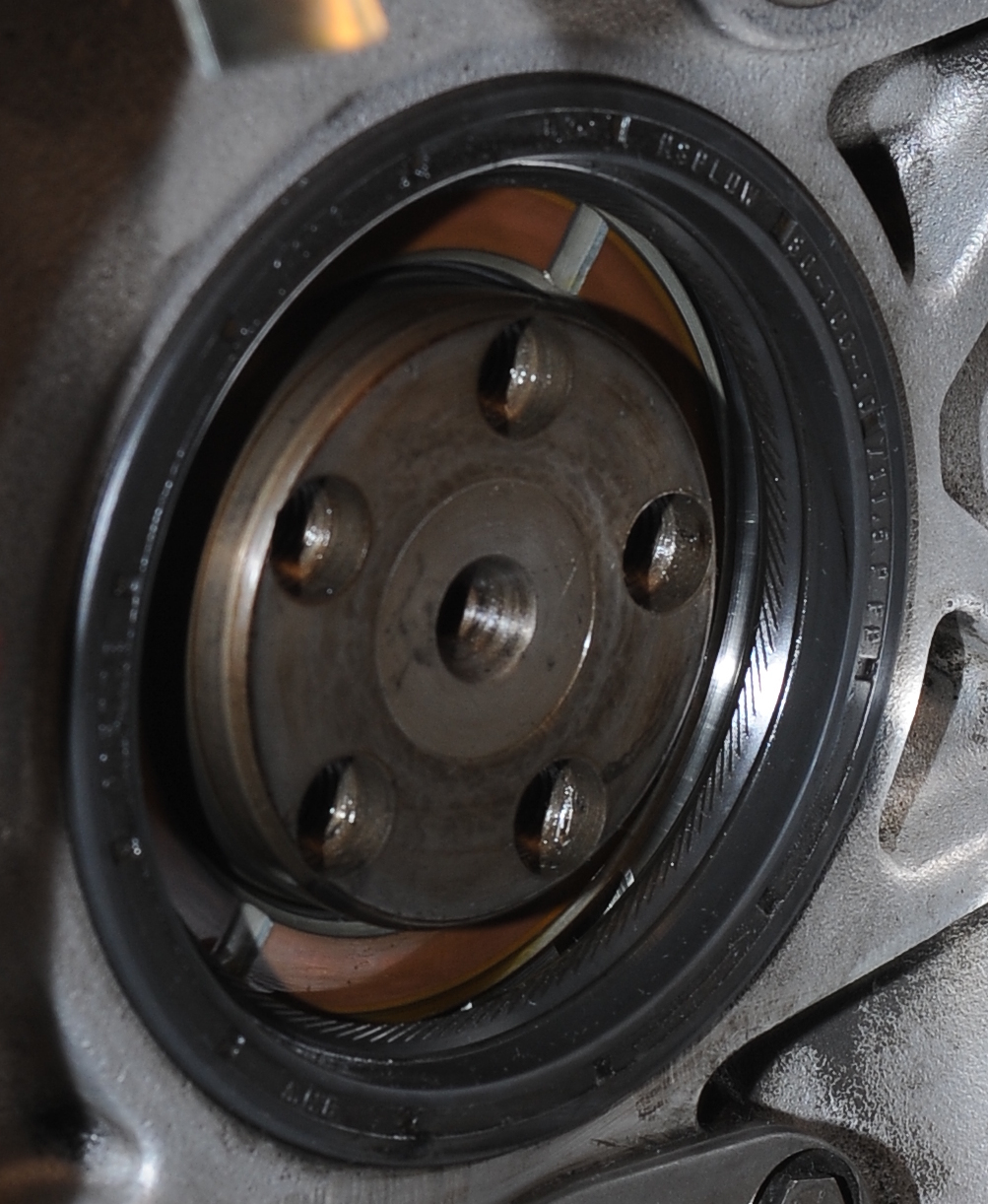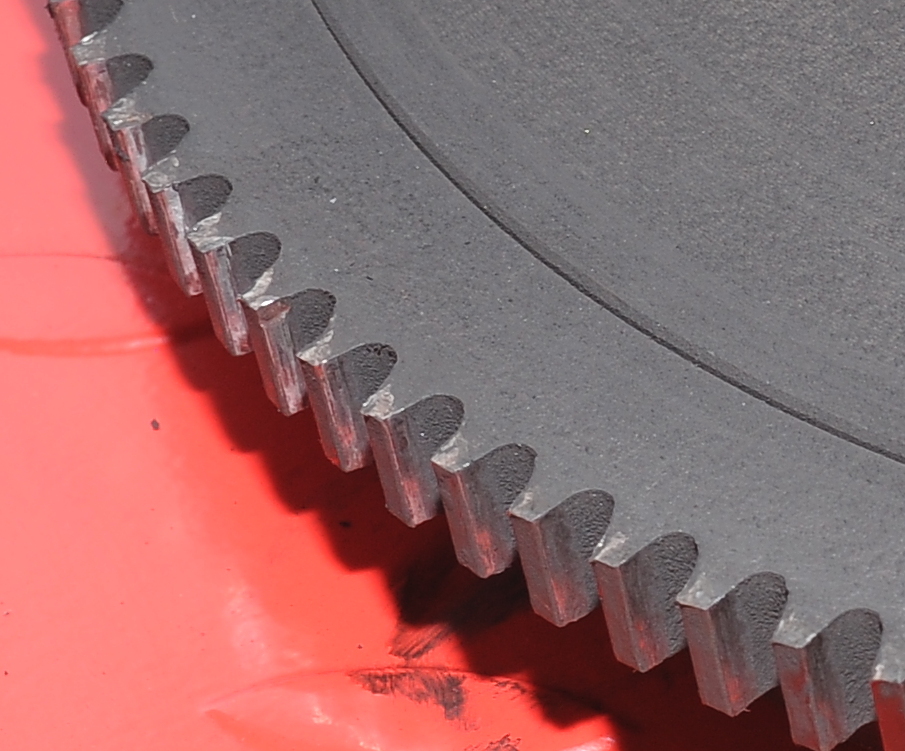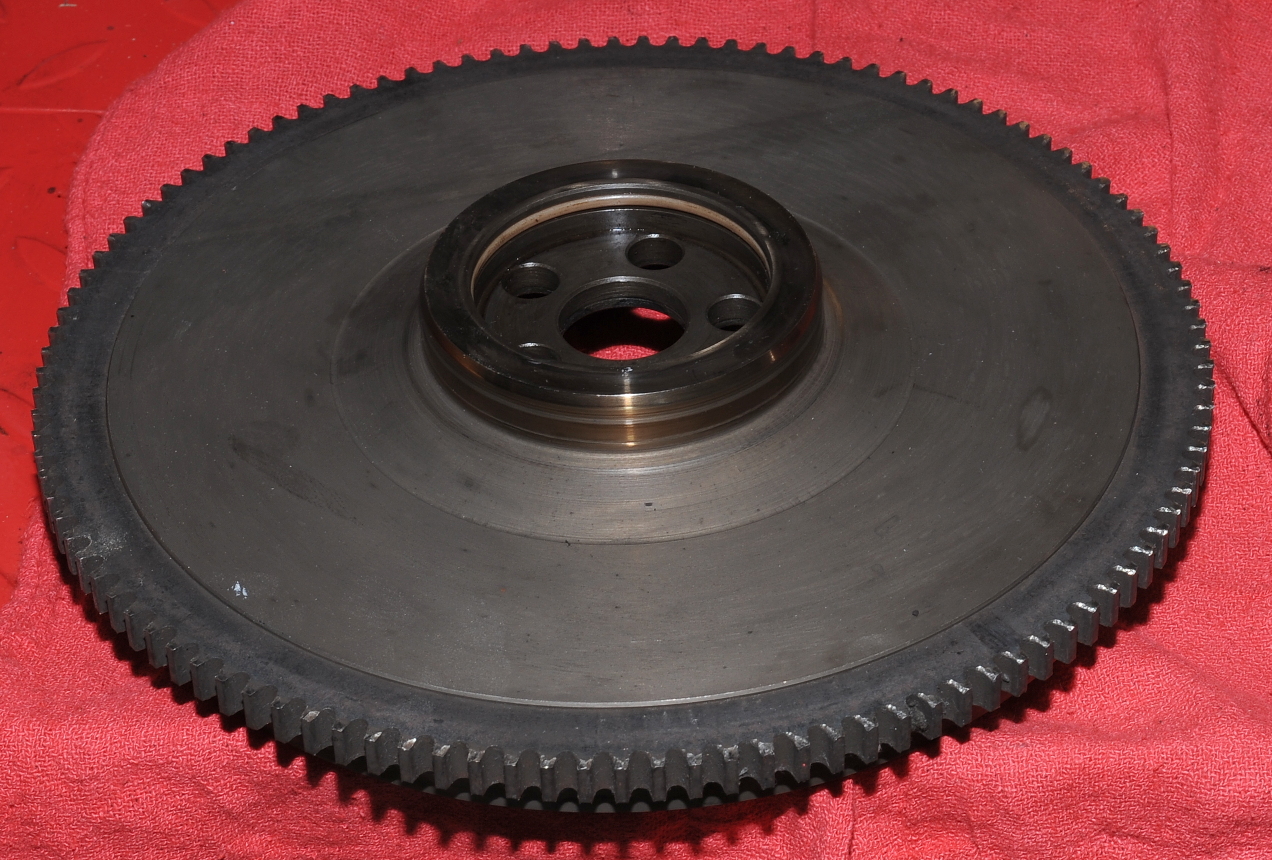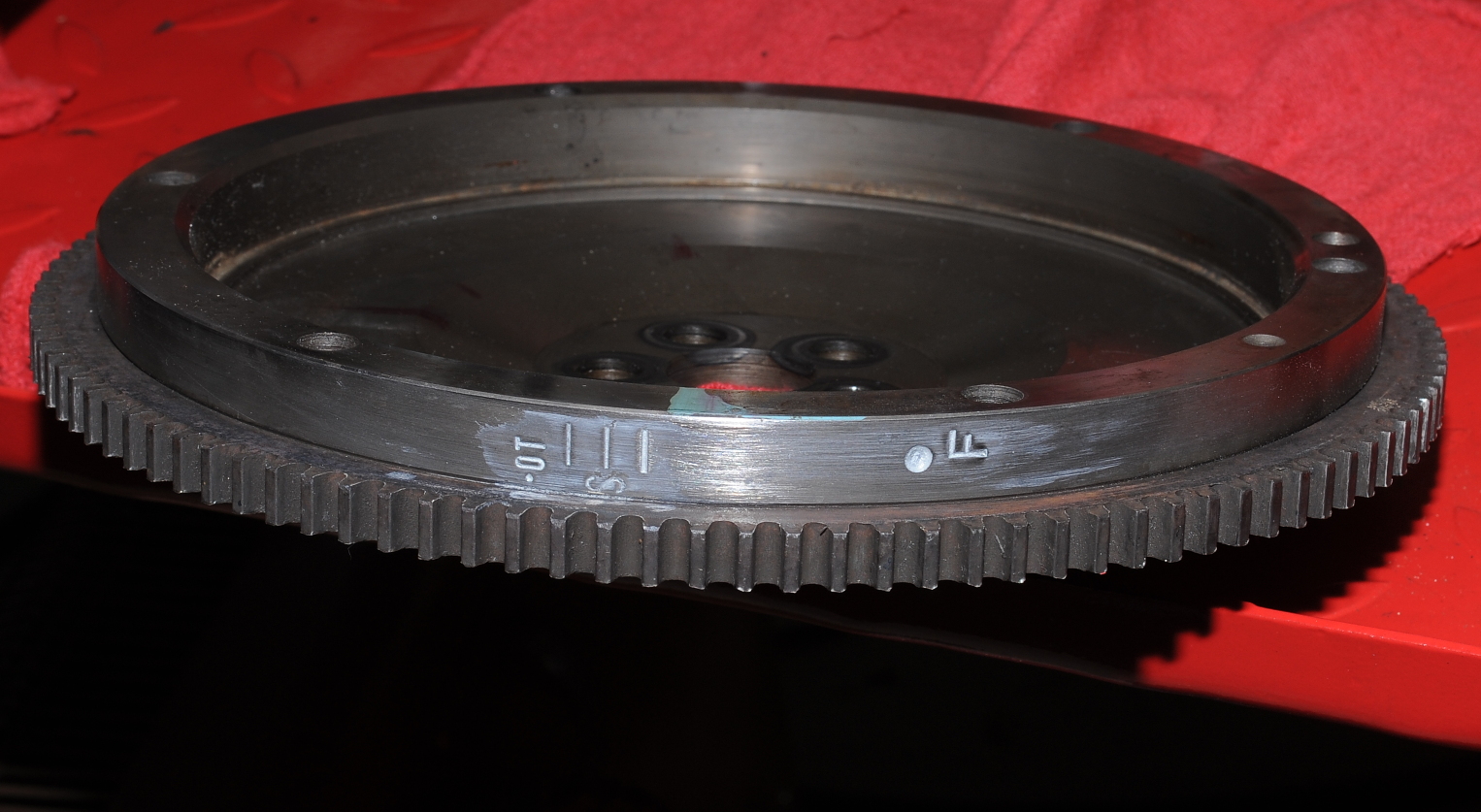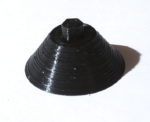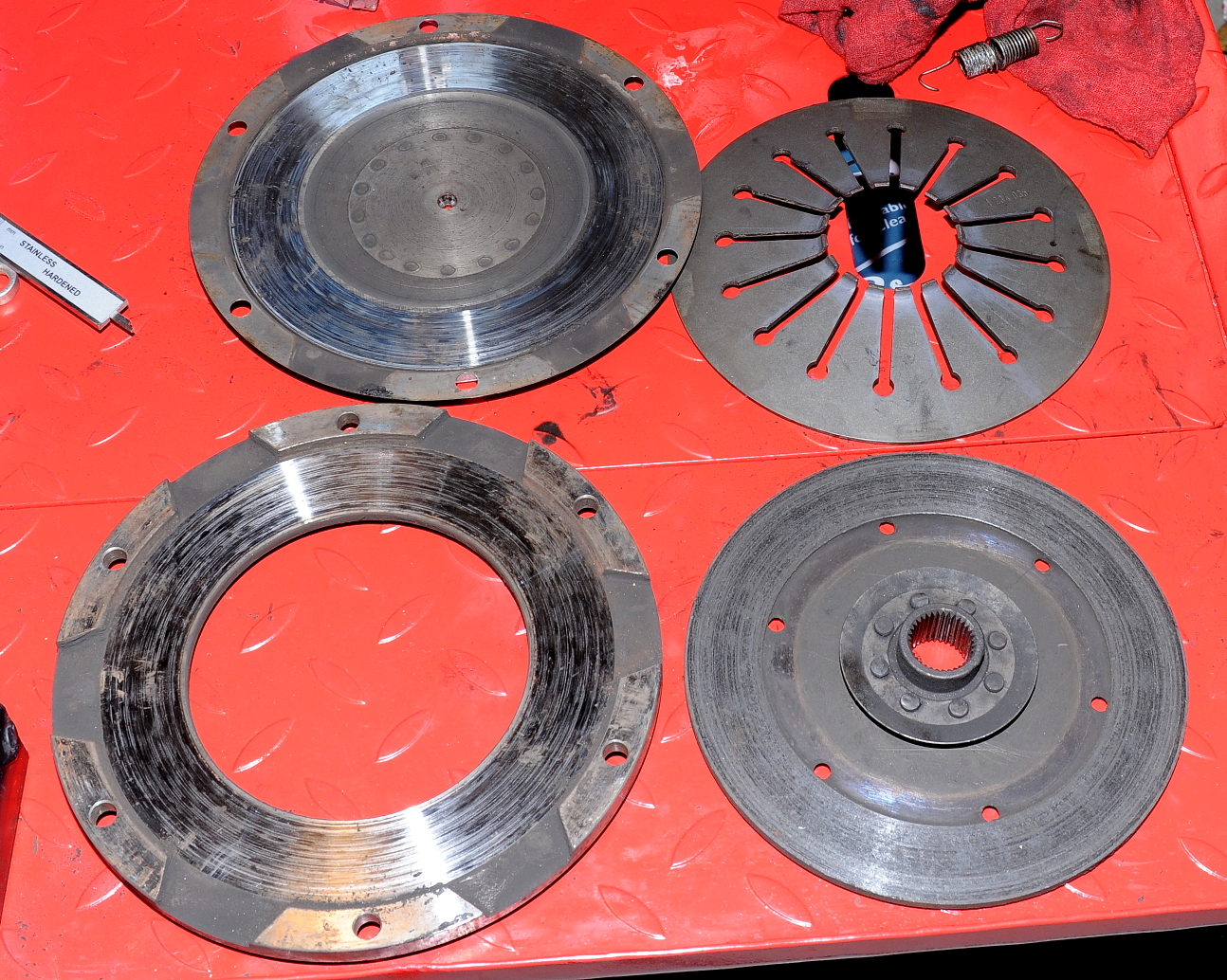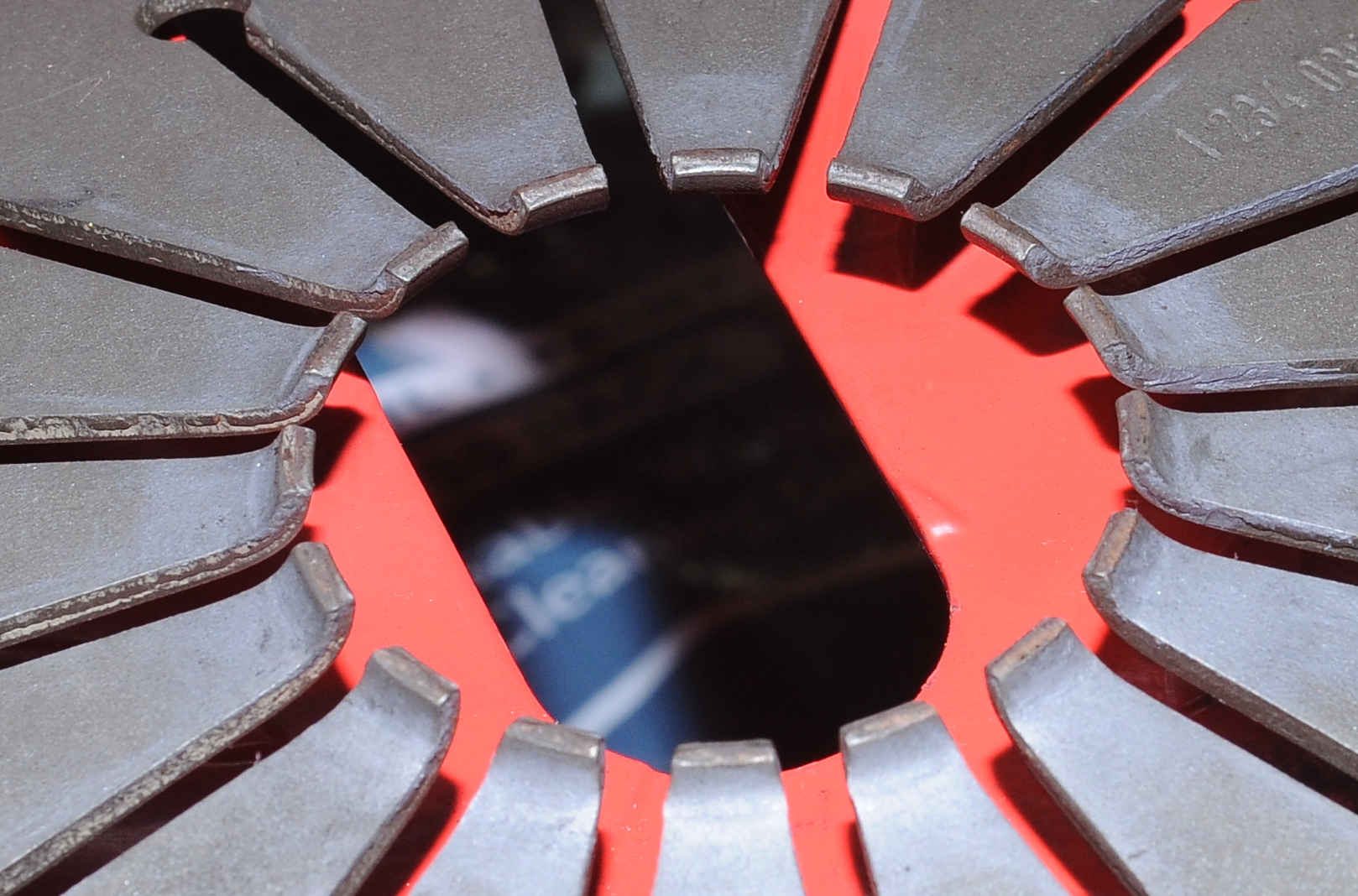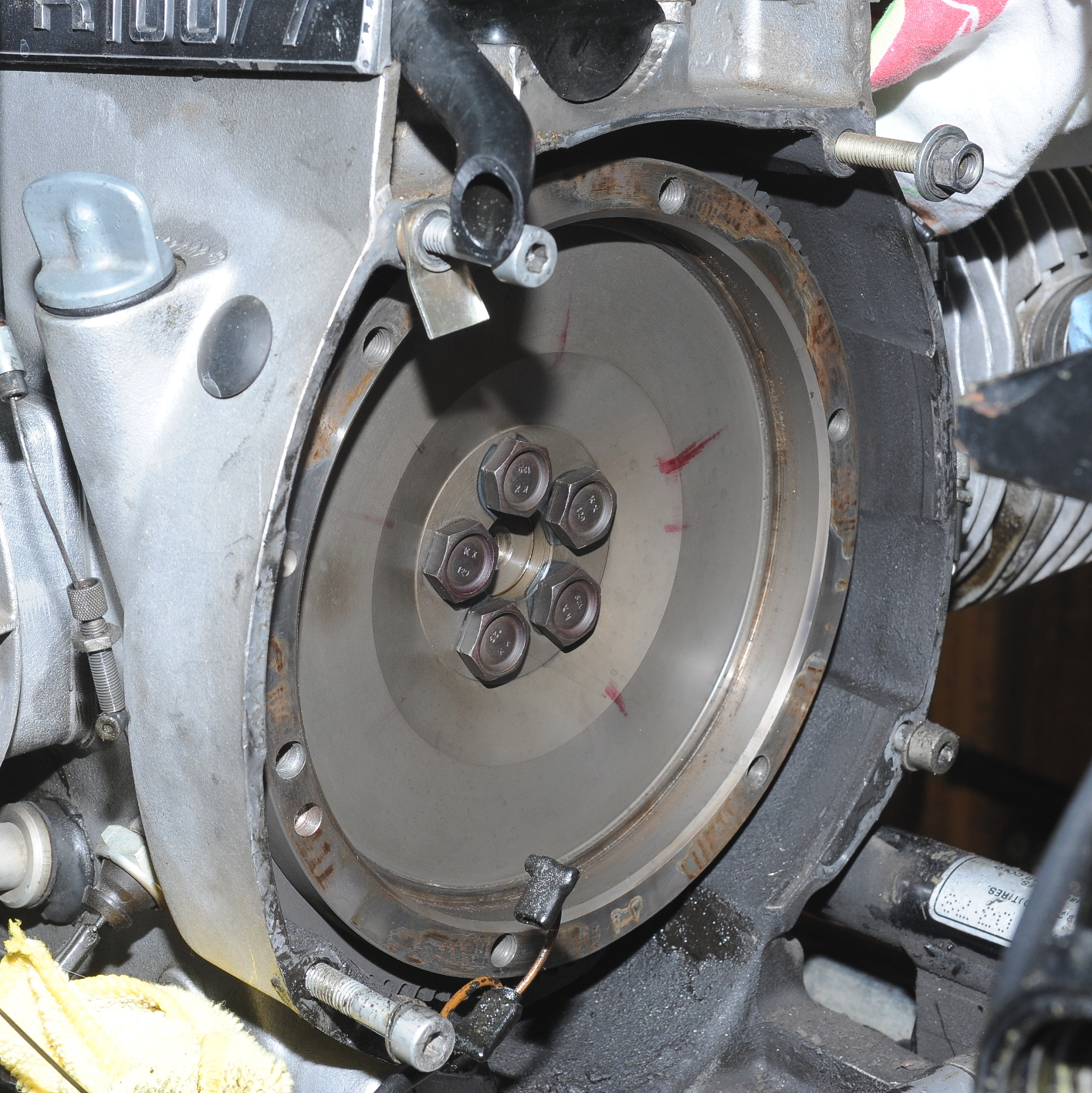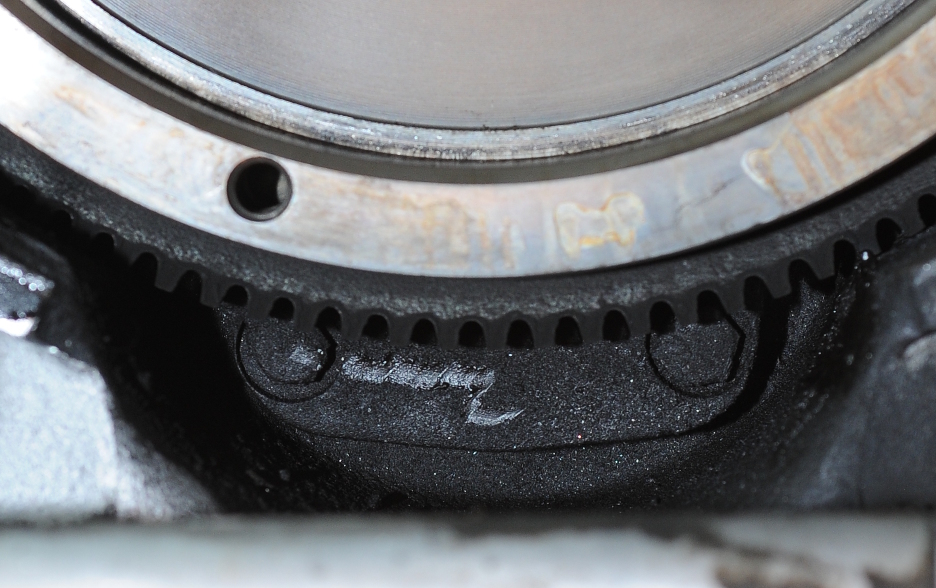Today’s task was to remove the rear wheel bearing stack. It took a while, but using a propane torch to heat the right side, and a heat gun to heat the left, I was finally able to get the temperature up to 225 degrees. Unfortunately nothing was moving when I hammered on the shaft with a rubber mallet. I began hitting a bit harder and then the whole assembly shot out on a single blow.
It seems that I have a bit of a hybrid hub. In picture above you can see that the bearing on the left looks larger. That’s because there’s an unexpected steel sleeve wrapped around it.
The right bearing race fits in the aluminum hub, while the left bearing race was fitted in a steel sleeve, which was fitted in the aluminum hub. I’m pretty sure this was a repair for spinning bearings.
This early ’78 wheel is a bit of an oddity and was sort of a transition for BMW from spoked wheels to alloy. This wheel uses the seals listed for the spoke wheel (35 and 36mm), not the 40mm seals shown in the parts fiche for the snowflake wheel. By late ’78, the design had changed to use steel in the hub, eliminating the need to heat the hub to remove the bearings.
Note: In the picture above I reversed the left top hat so that the 3/4″ schedule 40 pipe would have a flat surface to press against.
Here you can see the larger diameter section in the hub where the left bearing steel band was located. This had to have been milled out during a repair.
Unfortunately, the right side of the hub shows evidence of the bearing race spinning. There’s no easy way to repair this so I’ll have to find a replacement wheel. I thought about using Loctite 648, but that’s probably not the best way to deal with this problem. The newer wheels have steel inserts and won’t suffer from this problem. As the front wheel was replaced under recall, it already has the steel inserts.
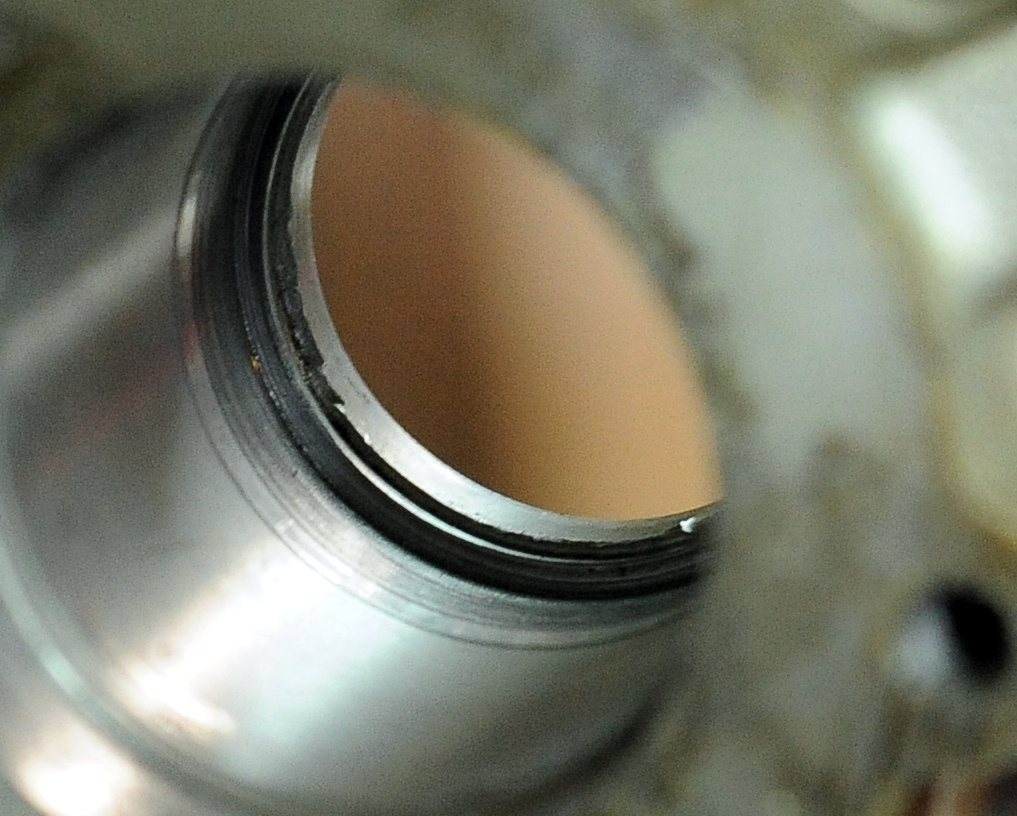 Here’s the right bearing race. It’s showing signs of wear. While it’s hard to tell if this bearing has spun, it does look smoother in some places around the outside than others. Hard to tell.
Here’s the right bearing race. It’s showing signs of wear. While it’s hard to tell if this bearing has spun, it does look smoother in some places around the outside than others. Hard to tell.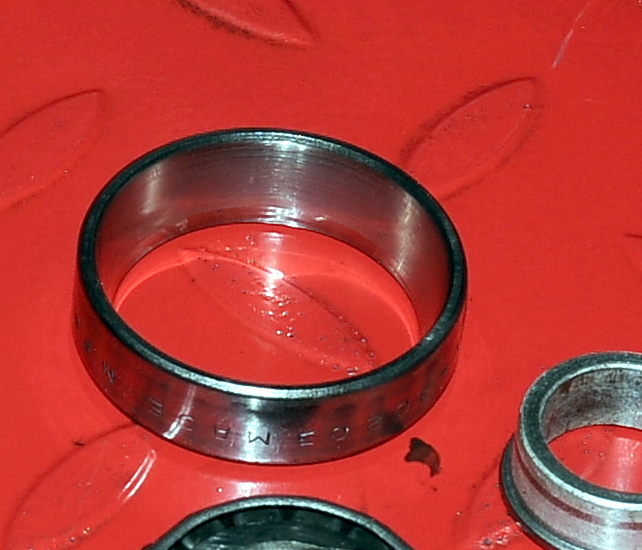
Given the brinelling, the left bearing definitely needs to be replaced. 